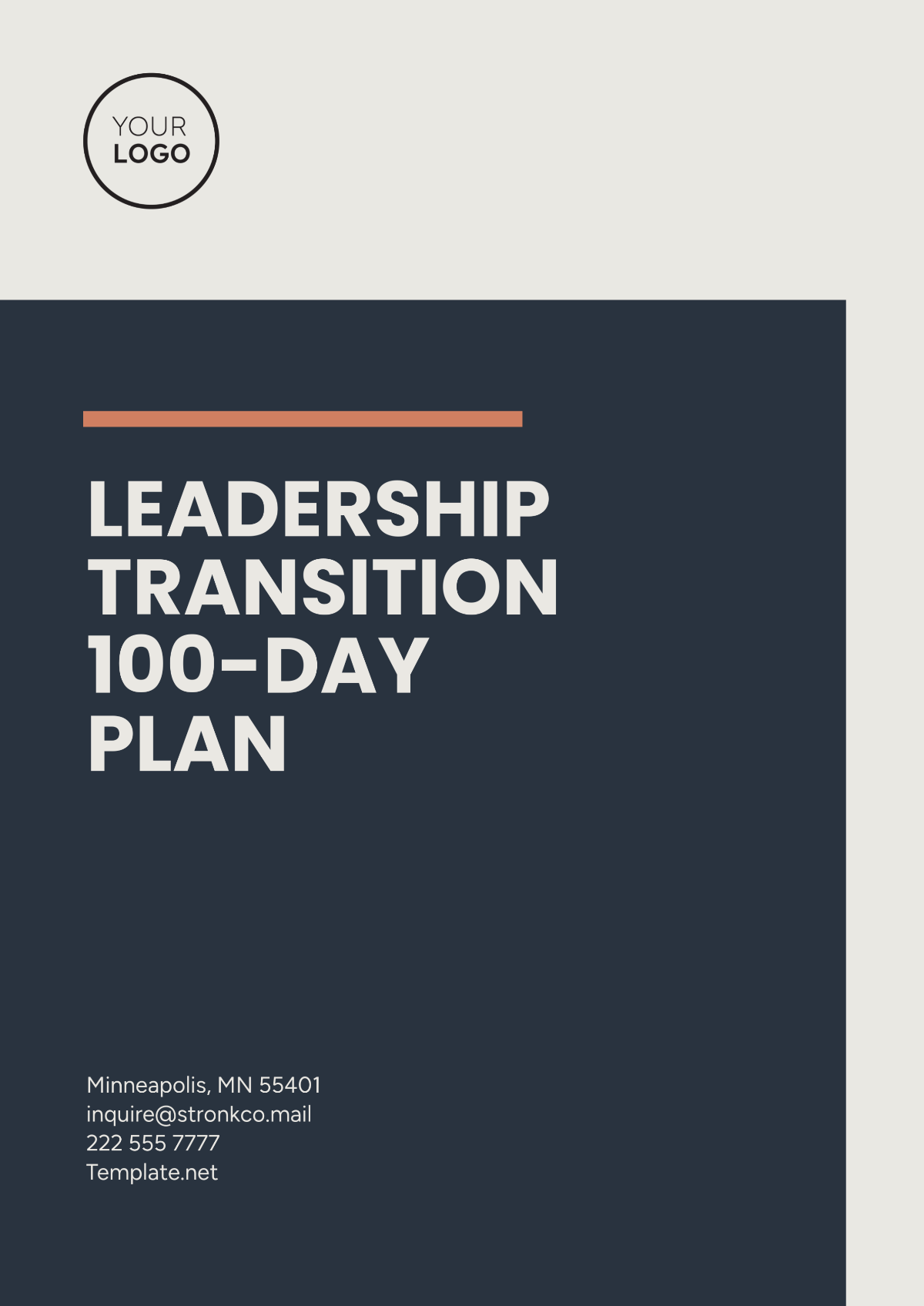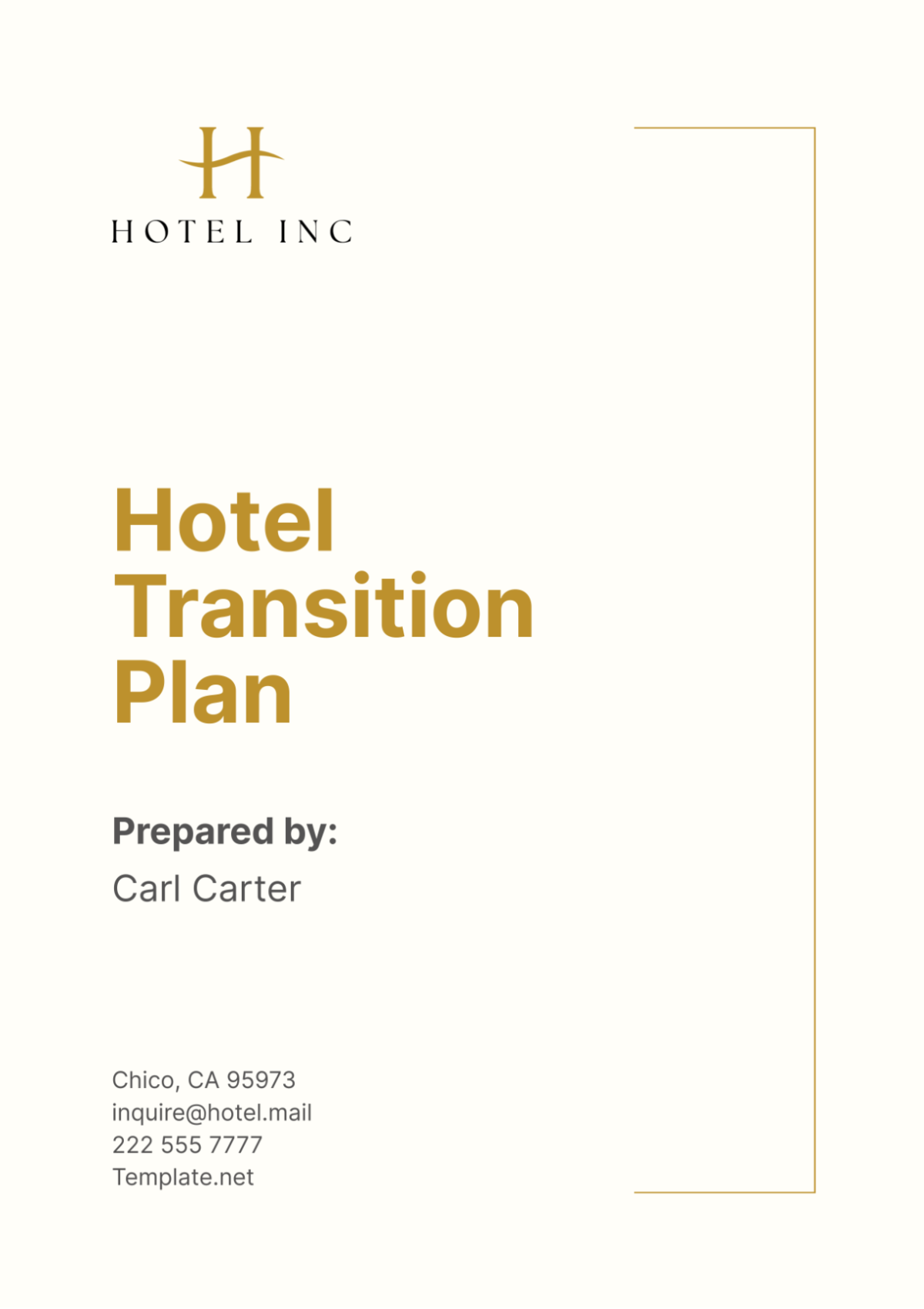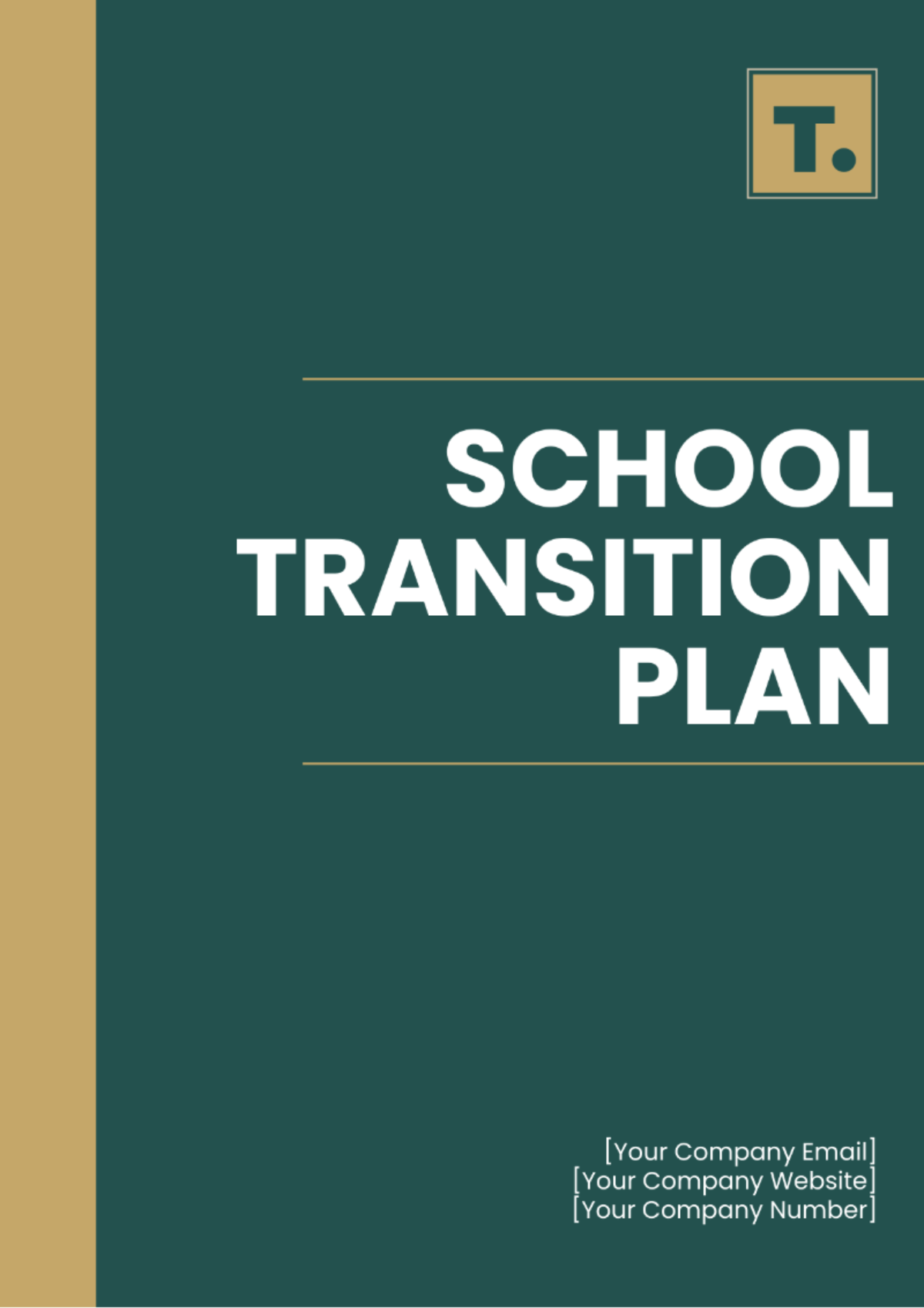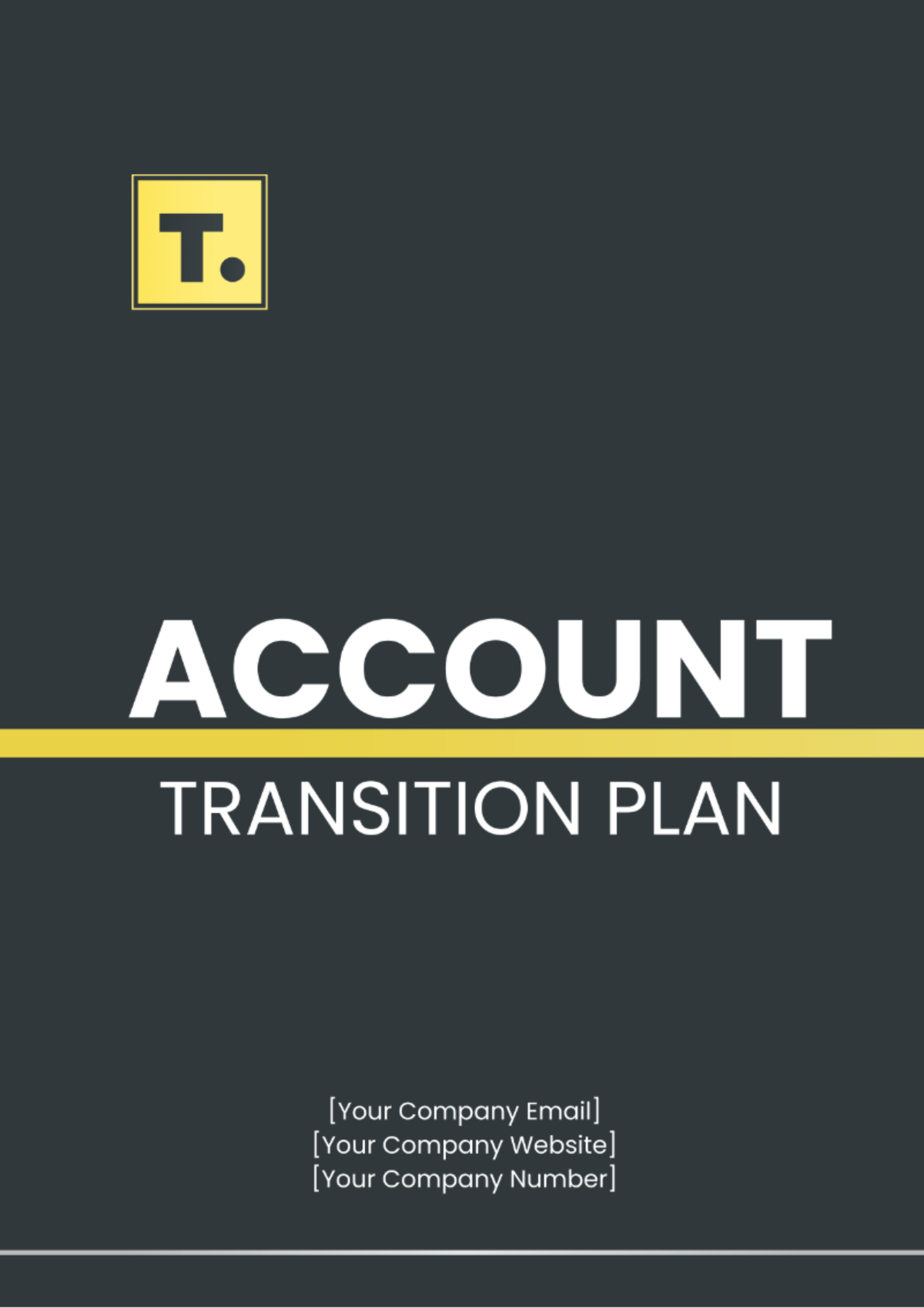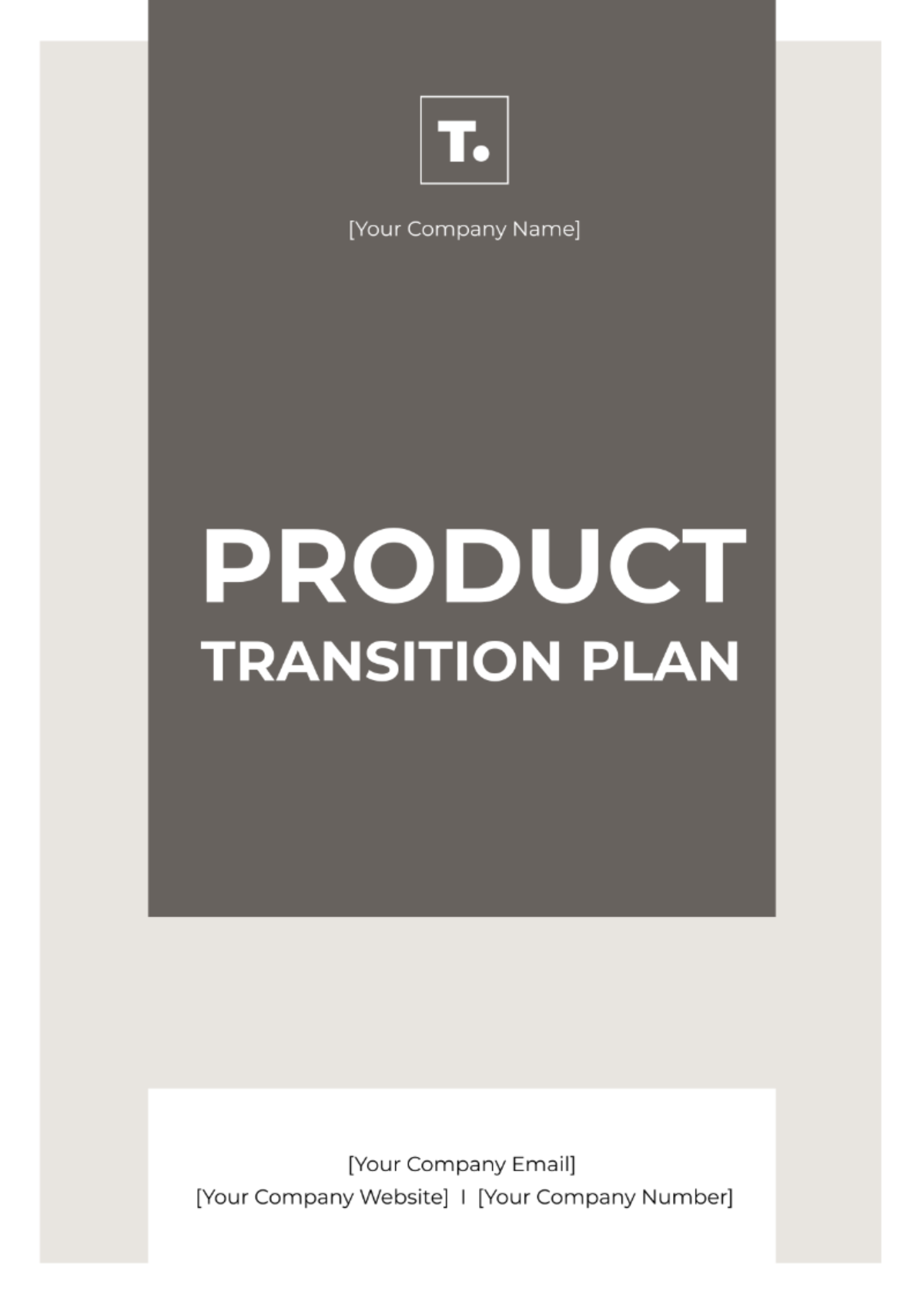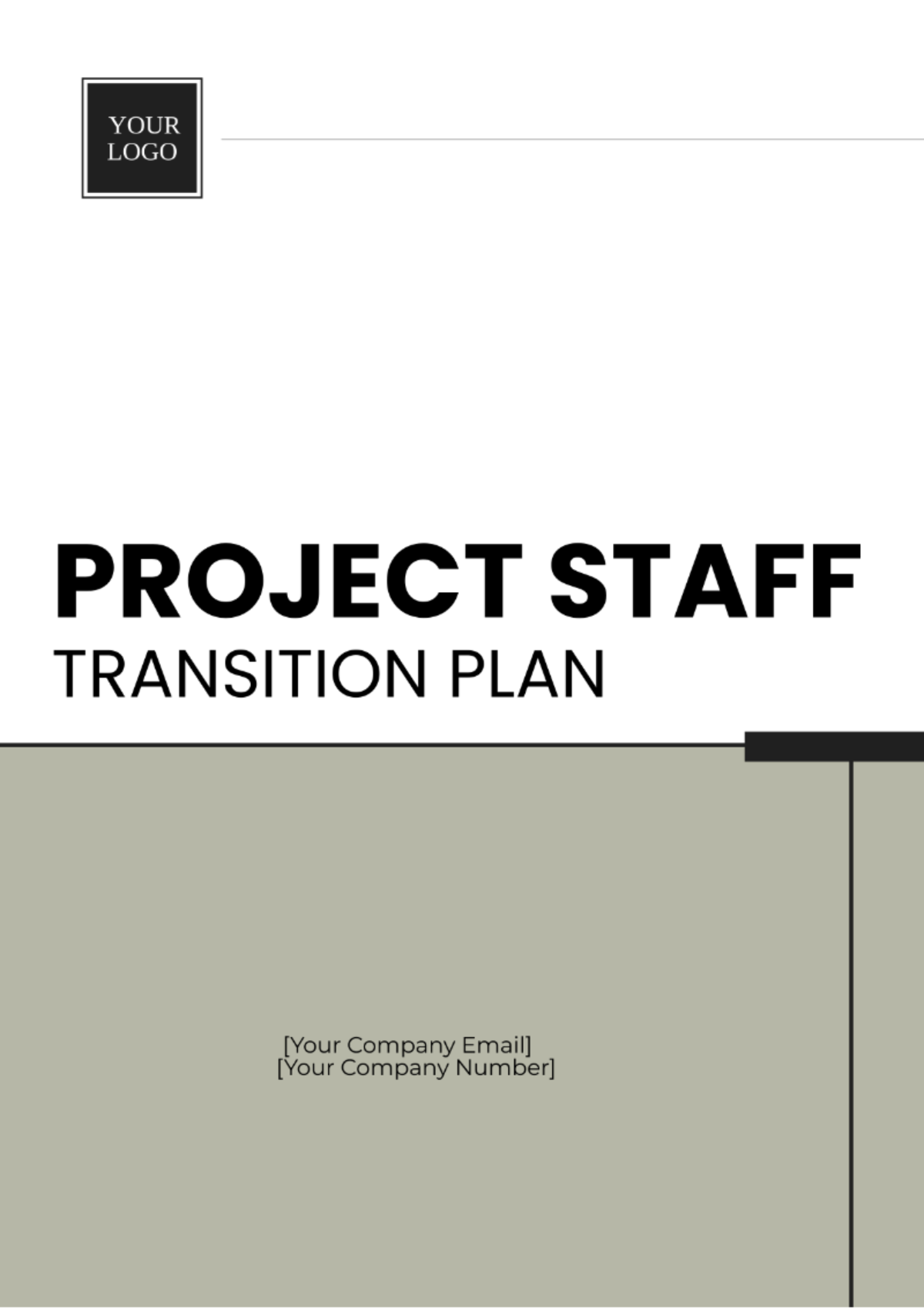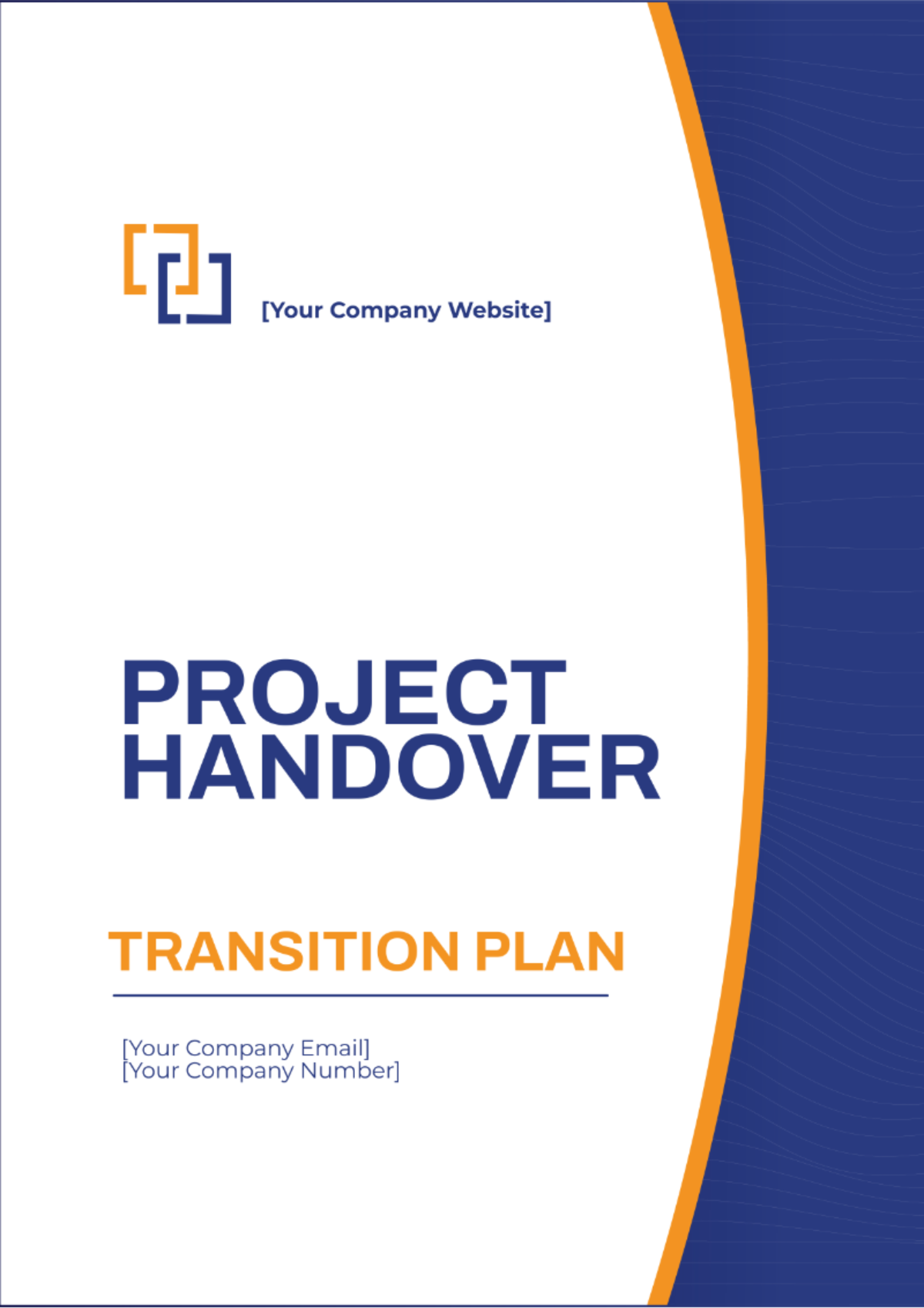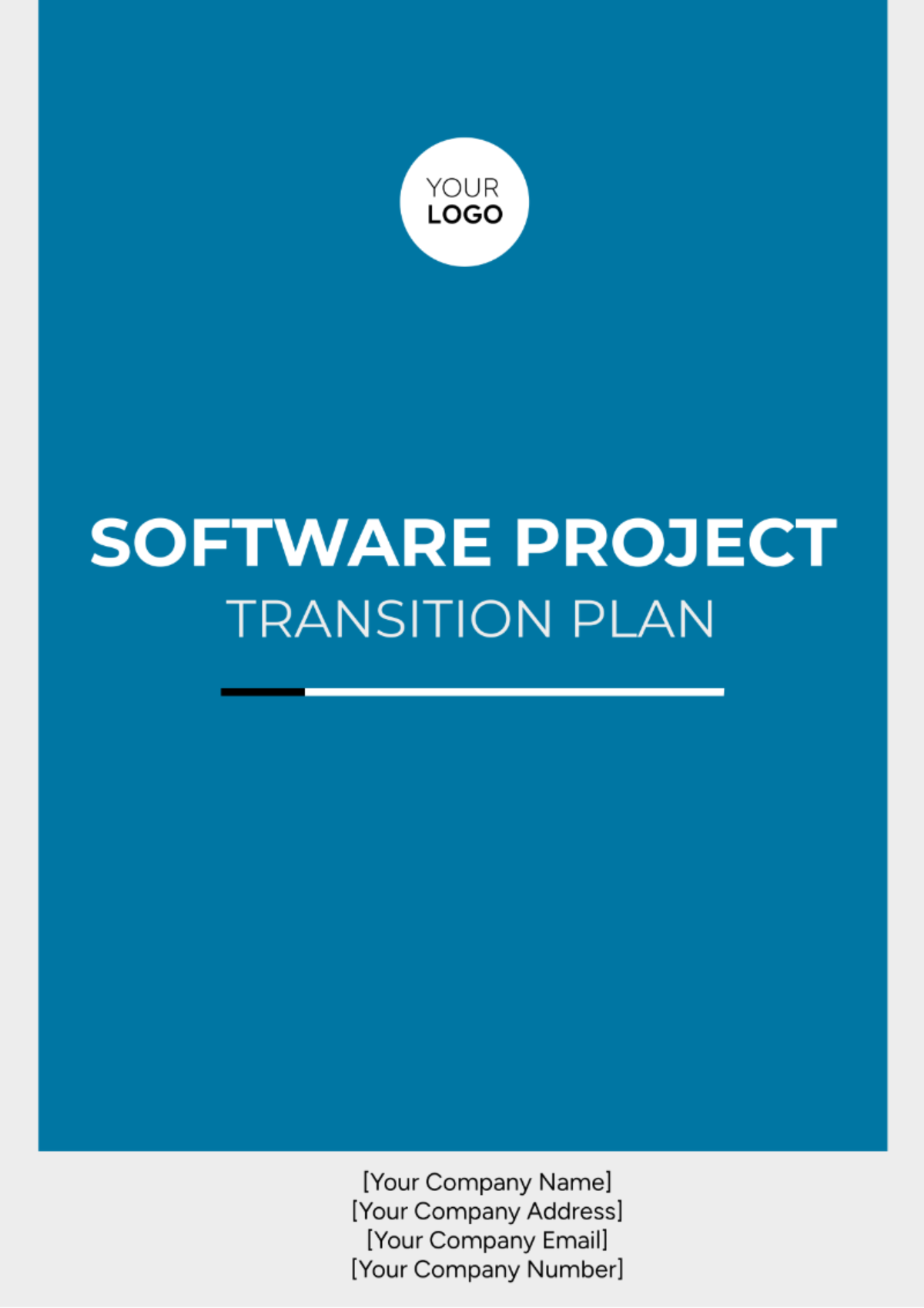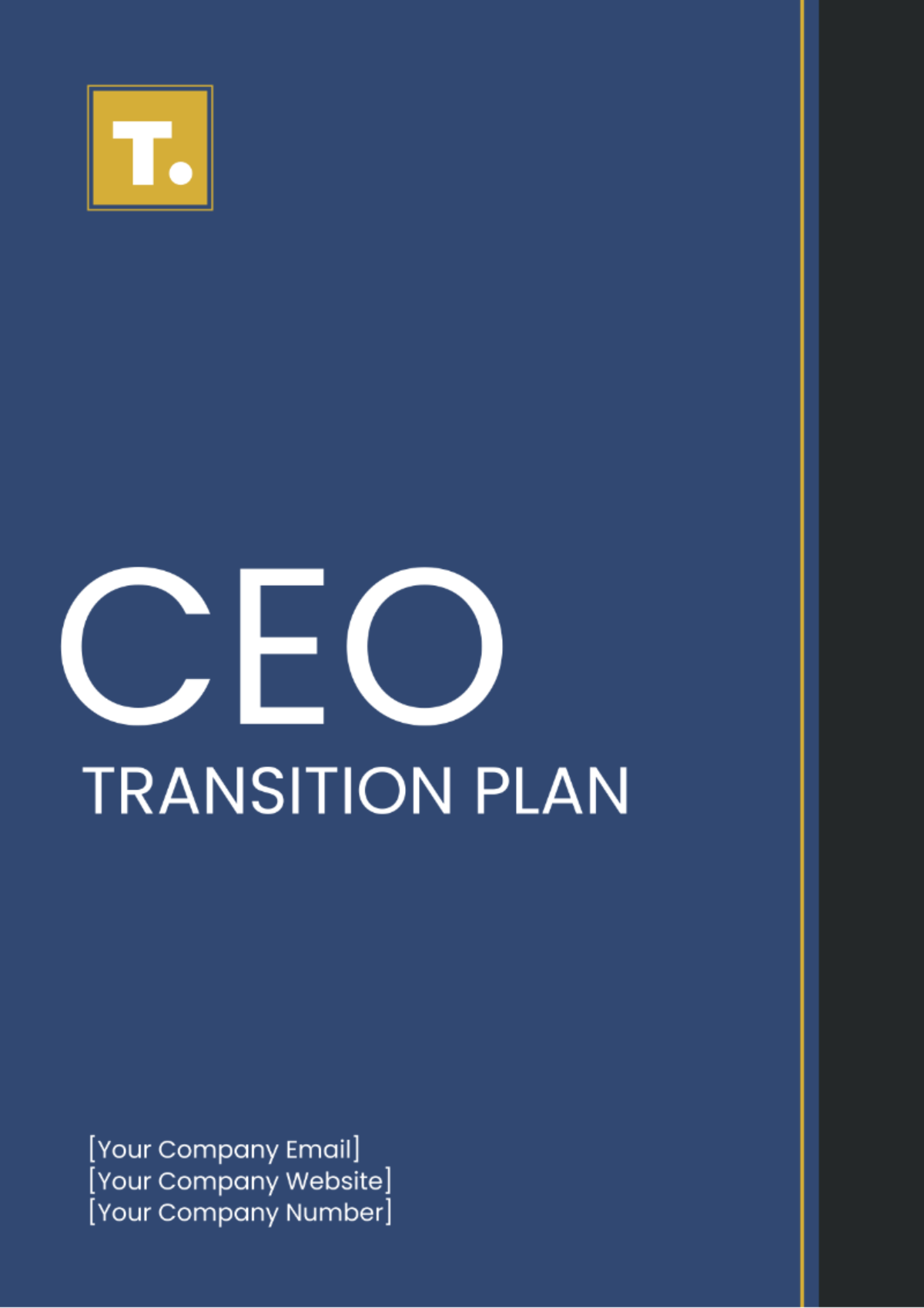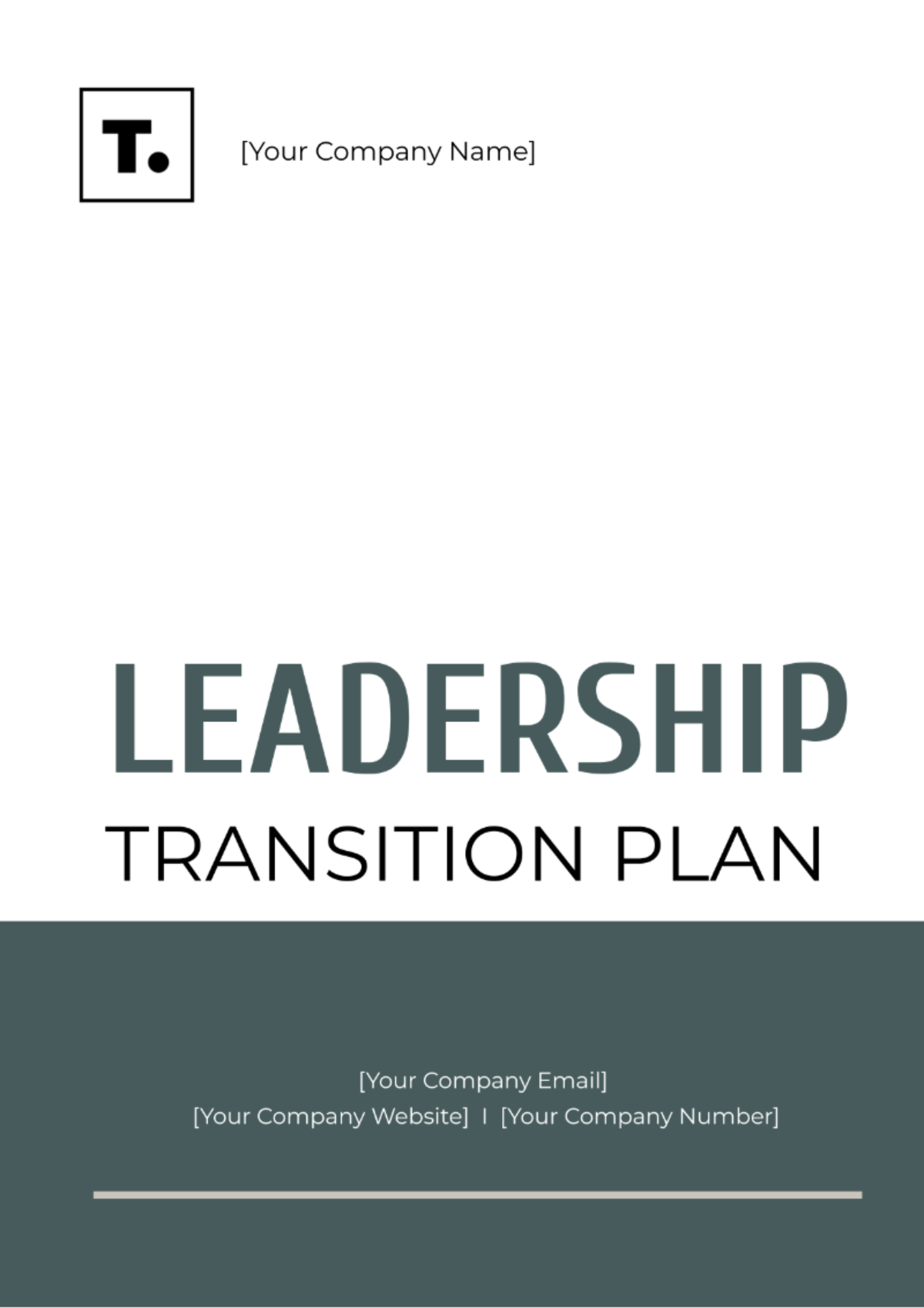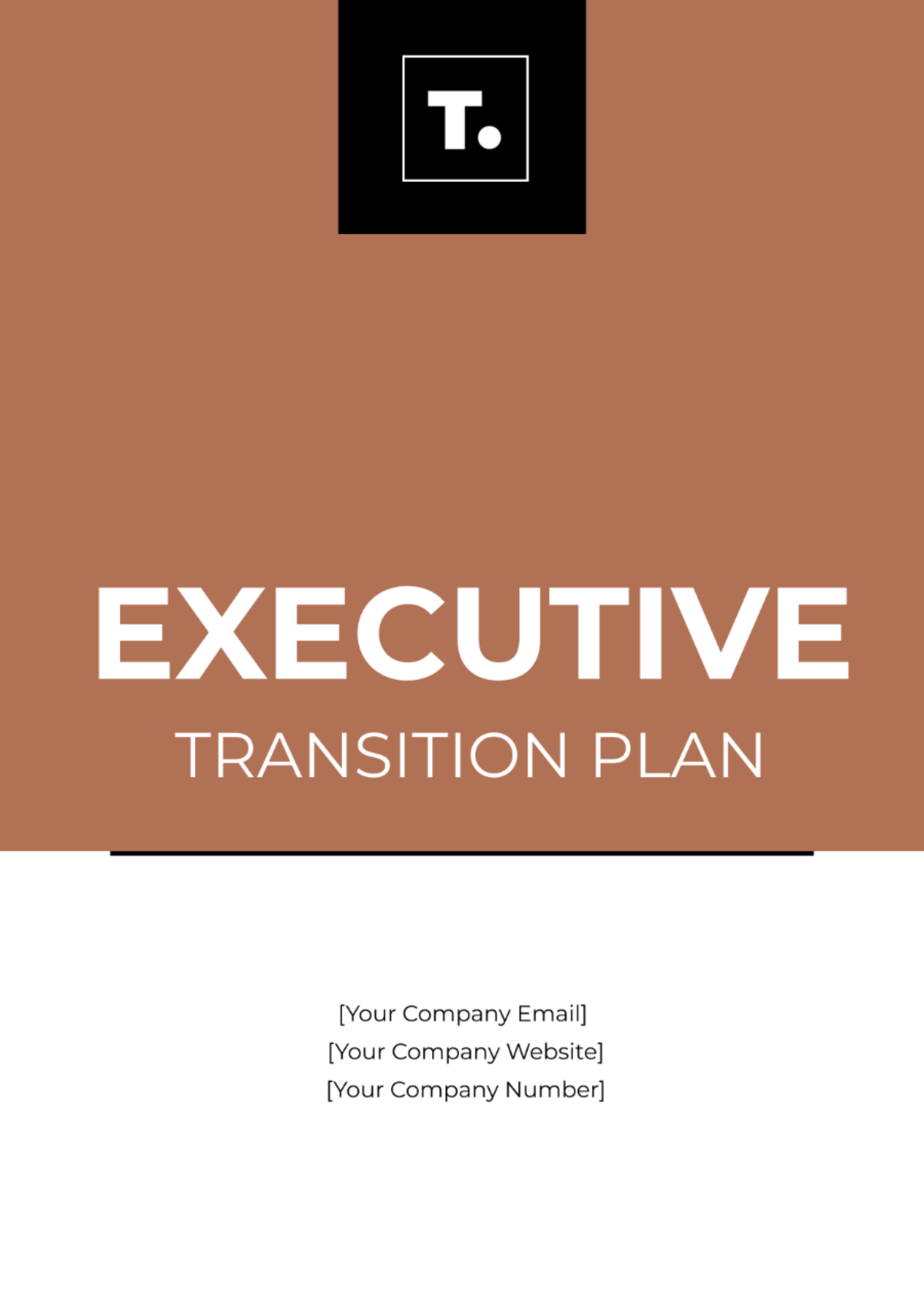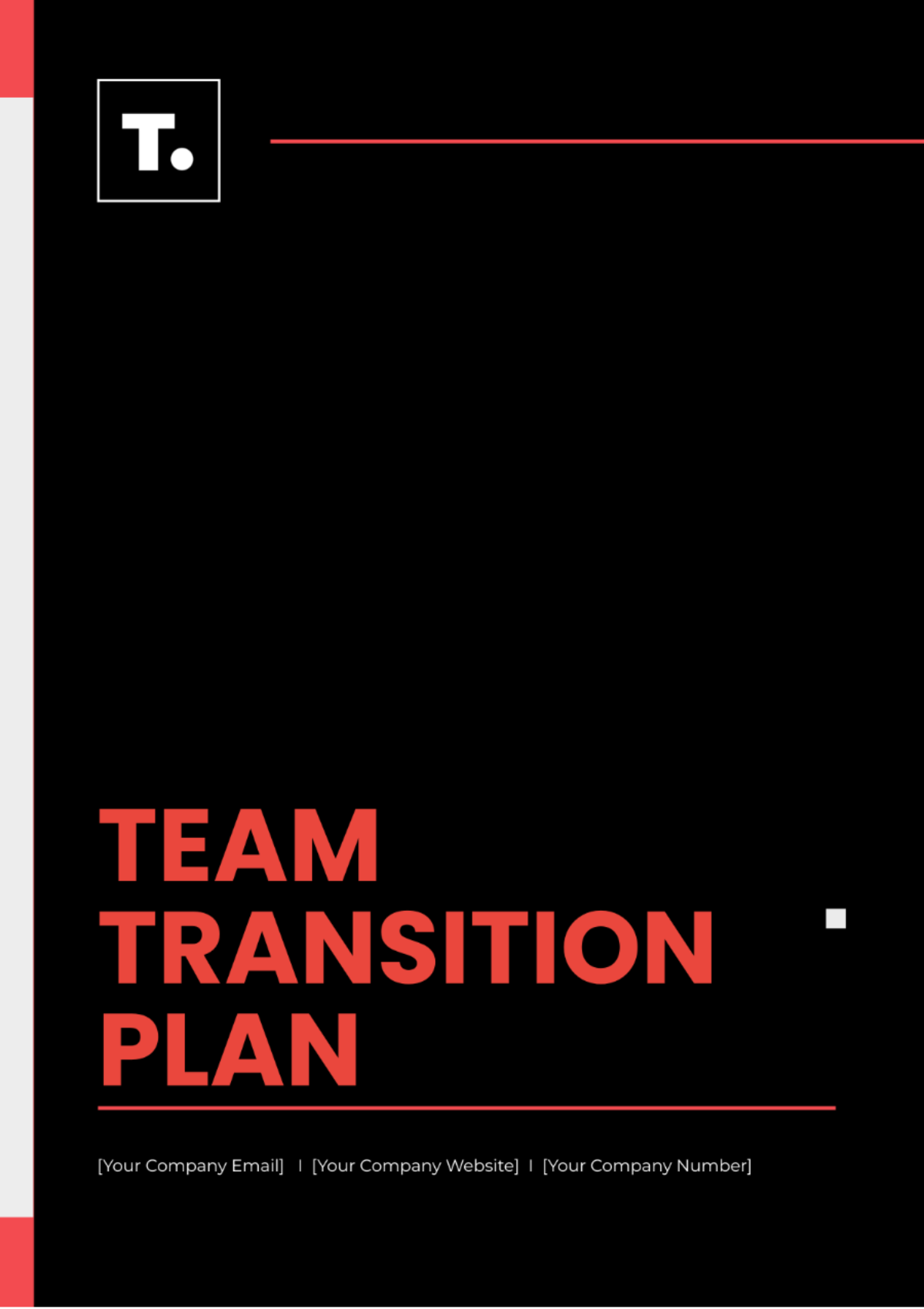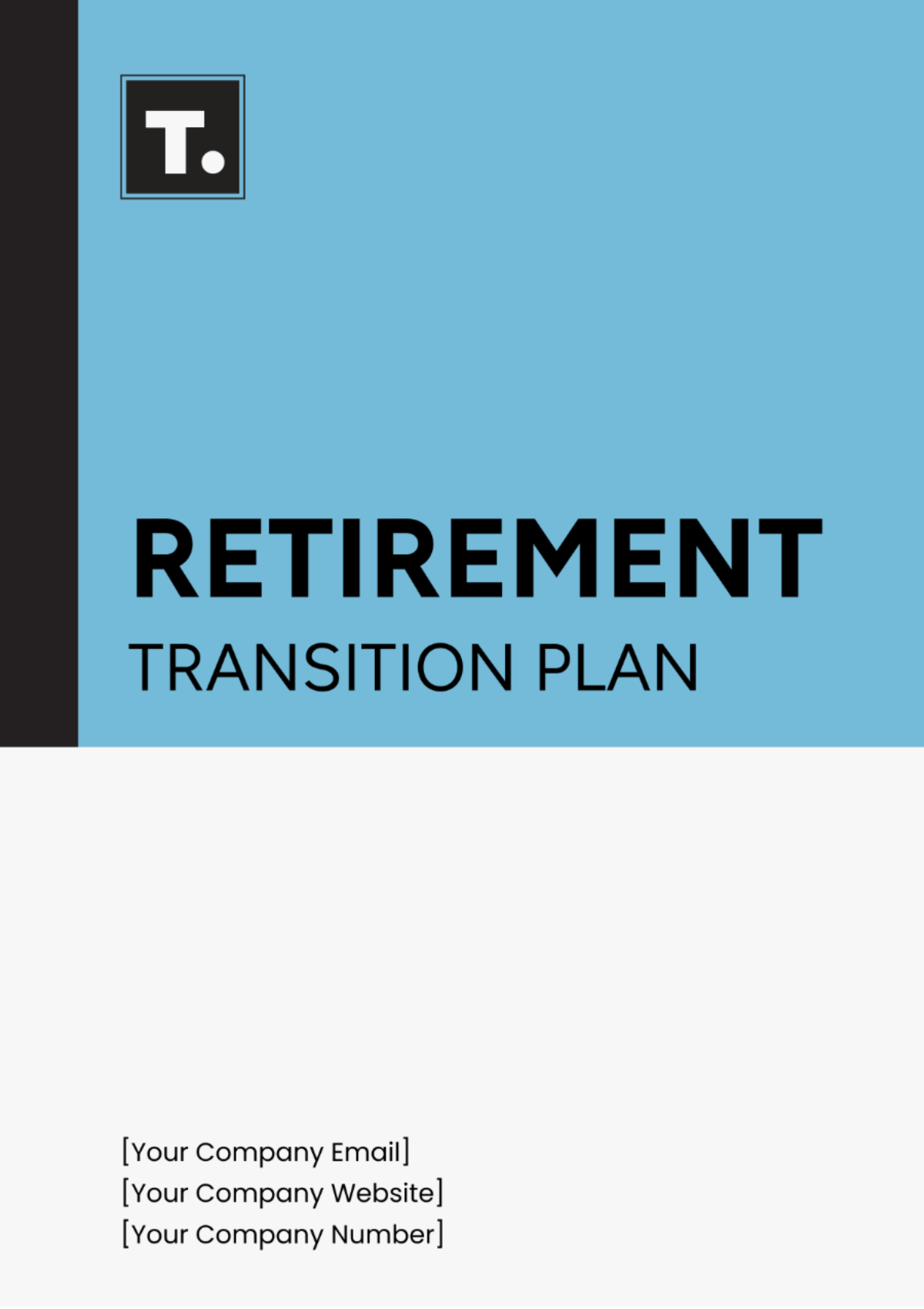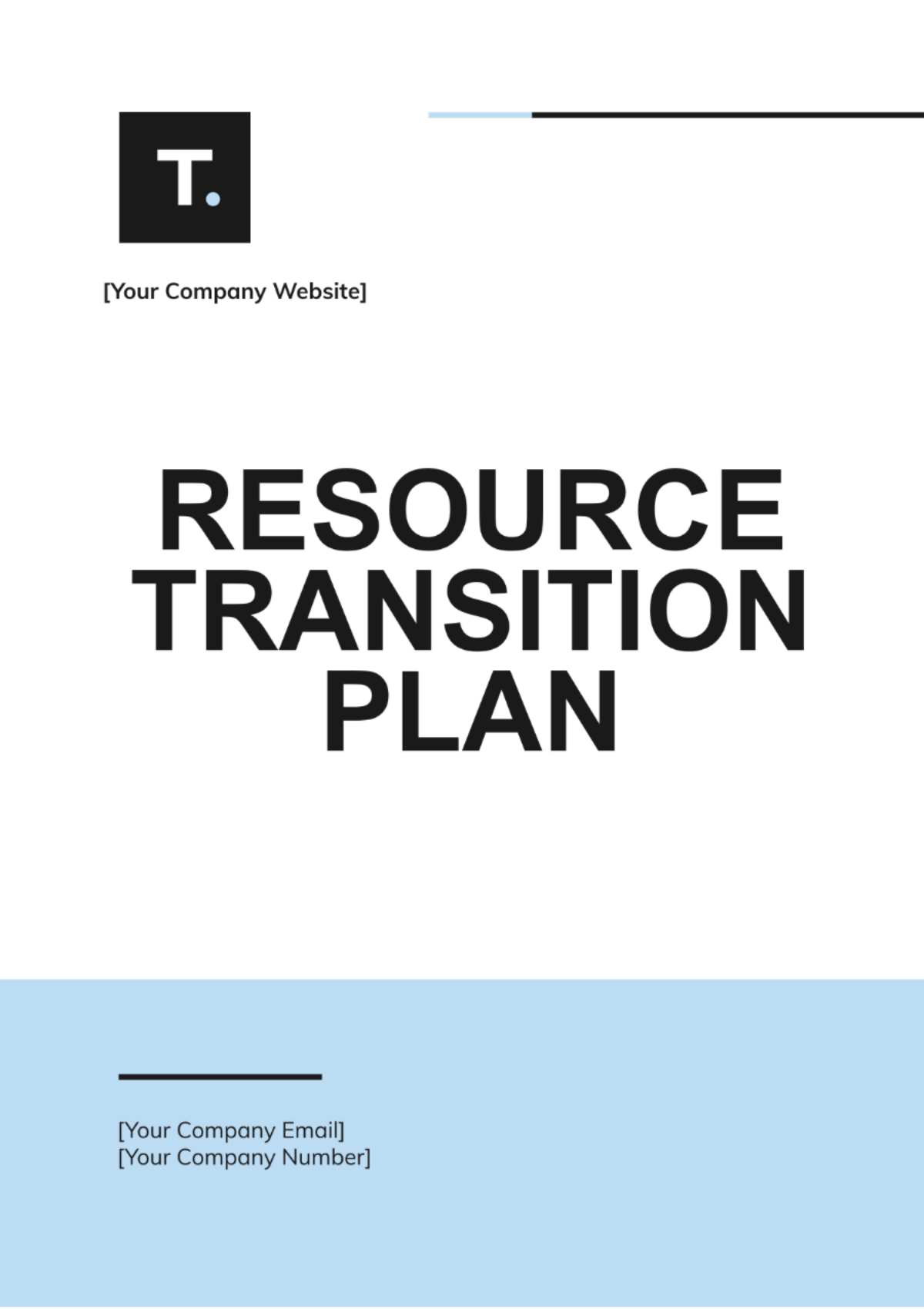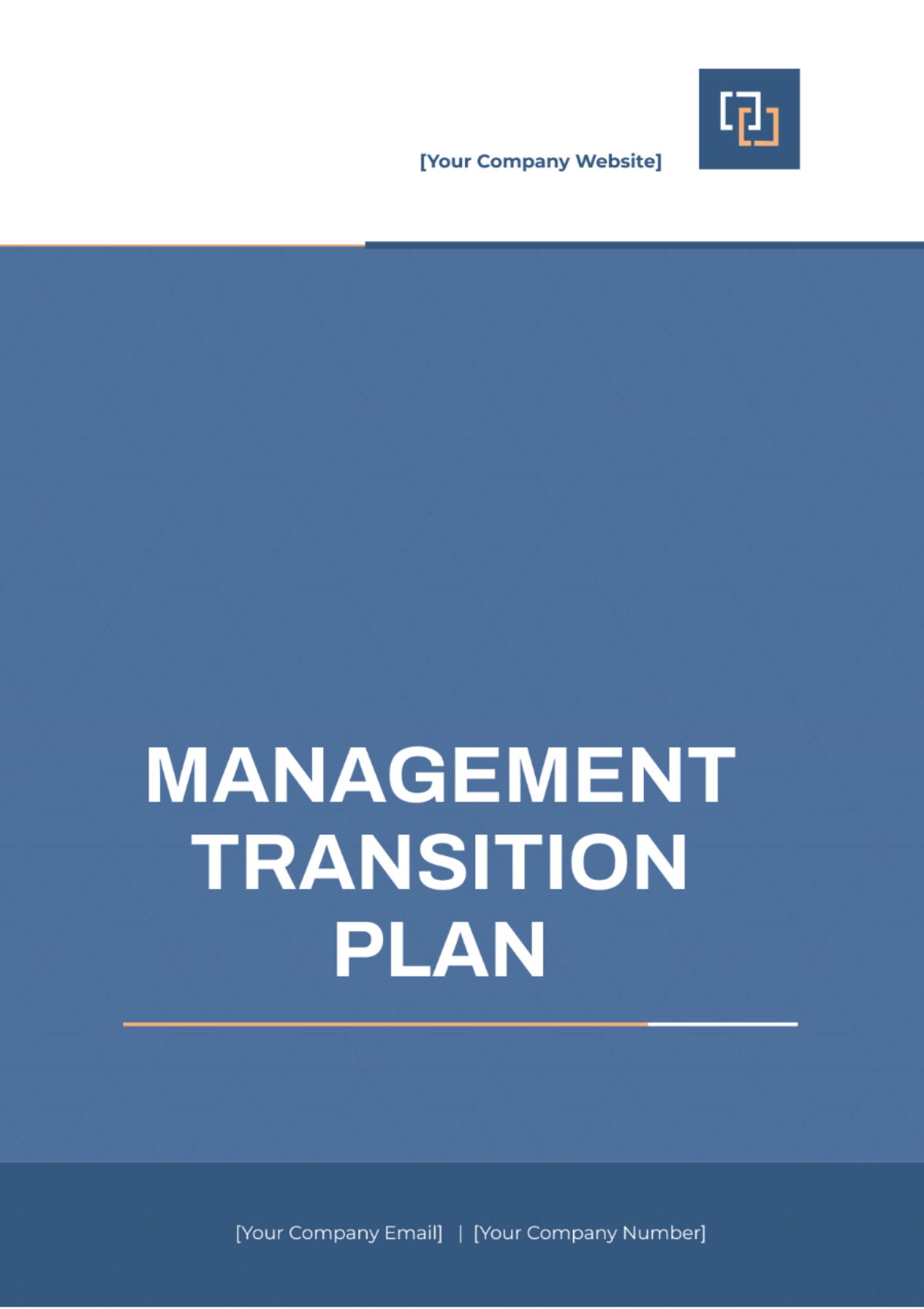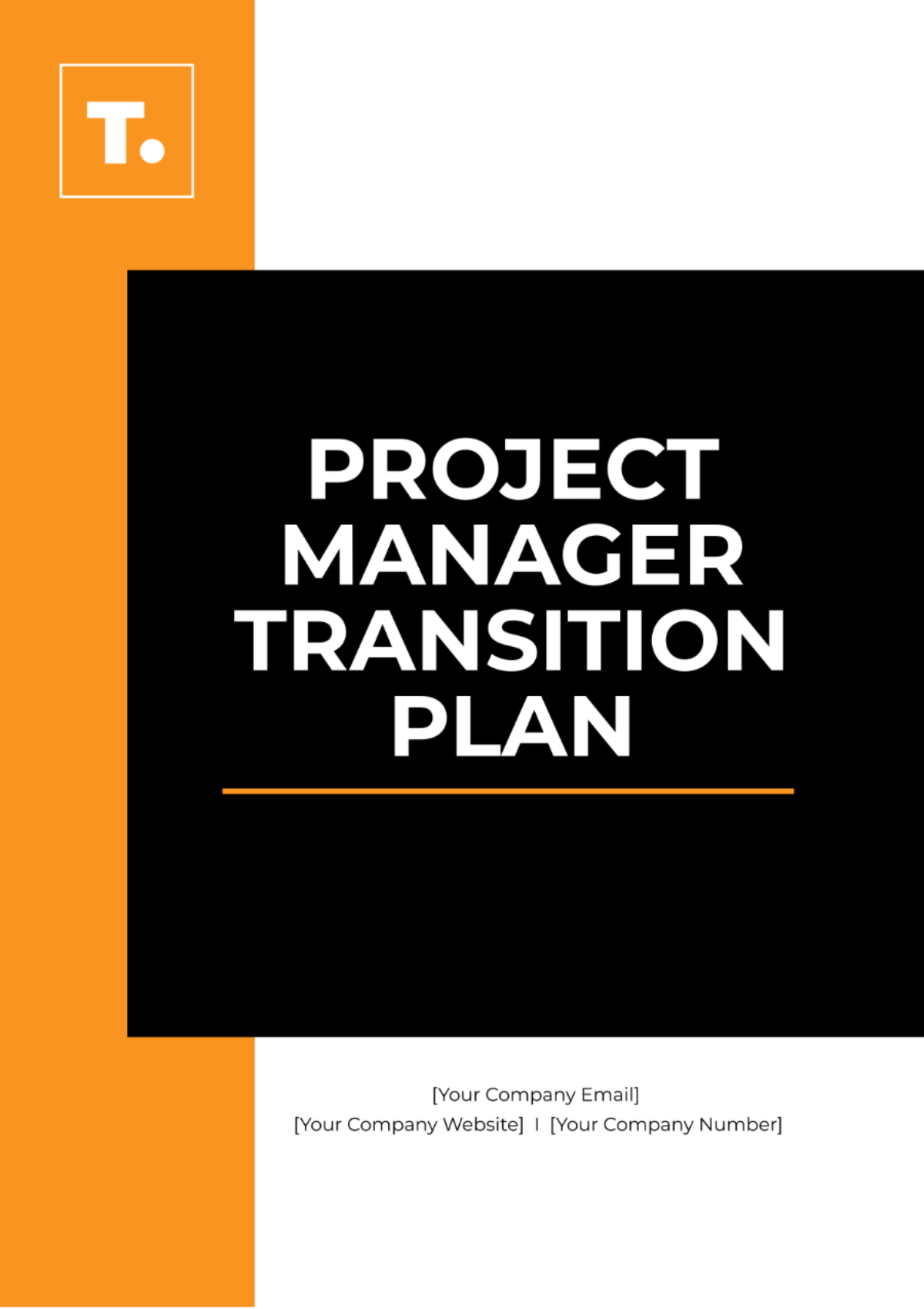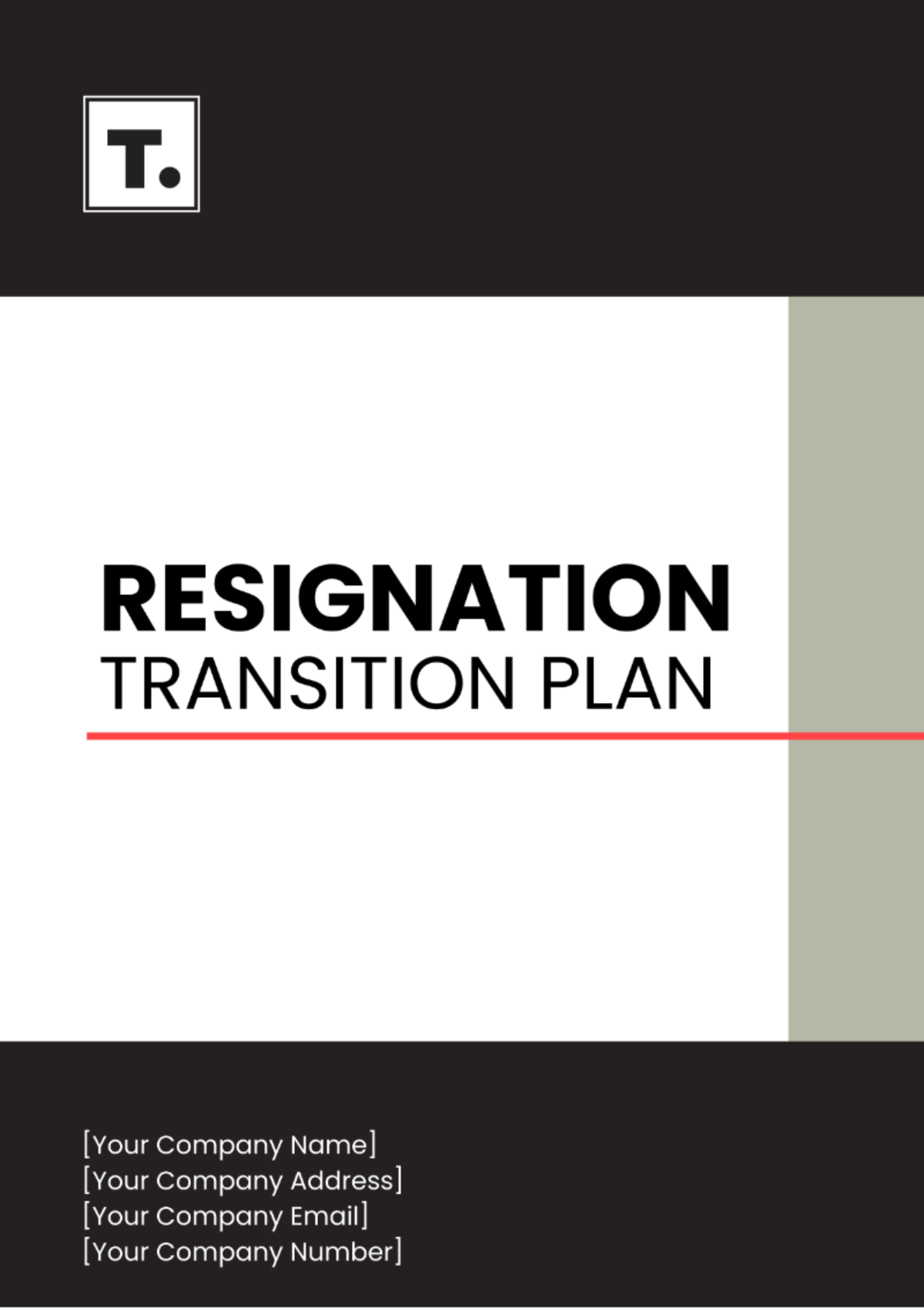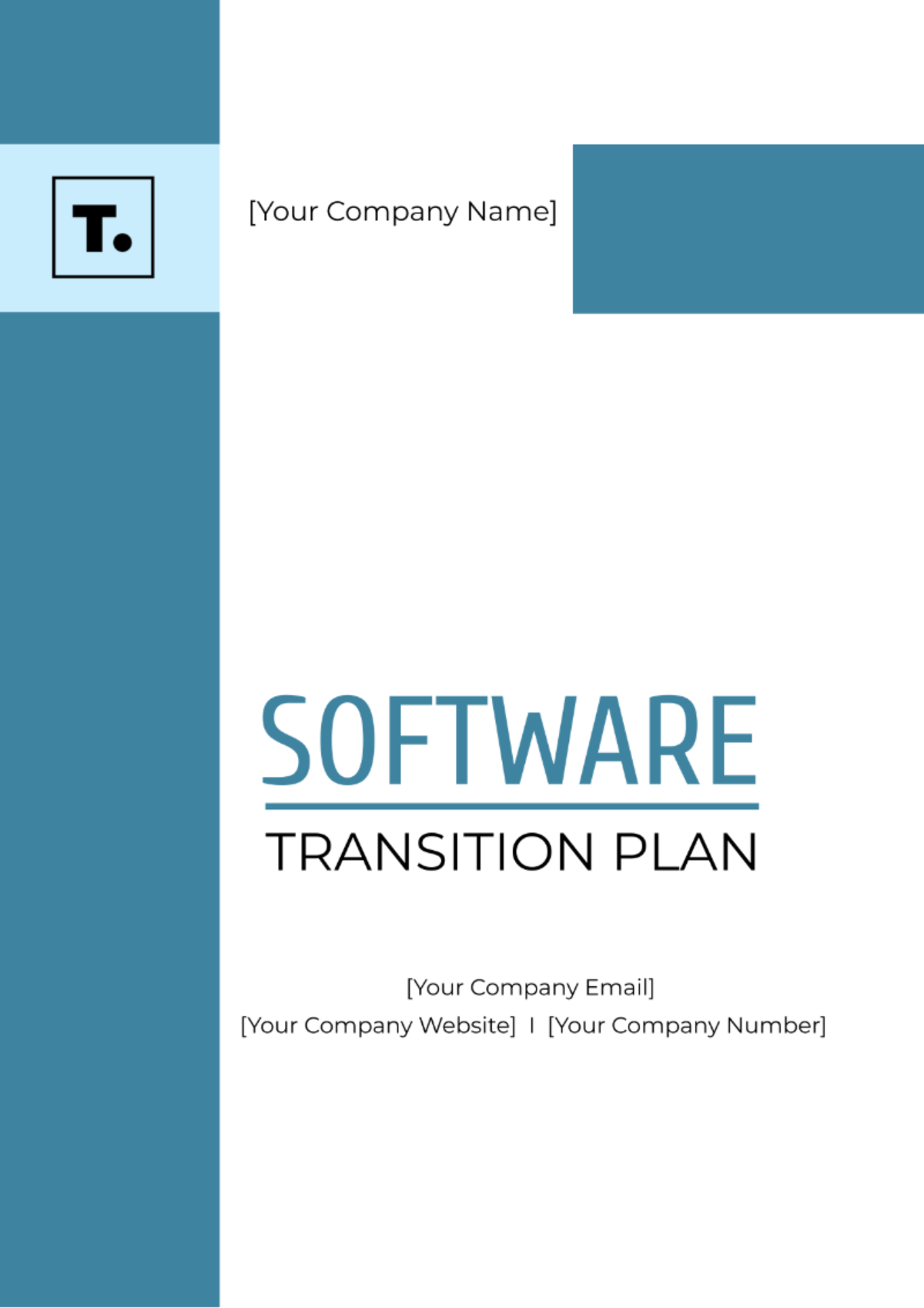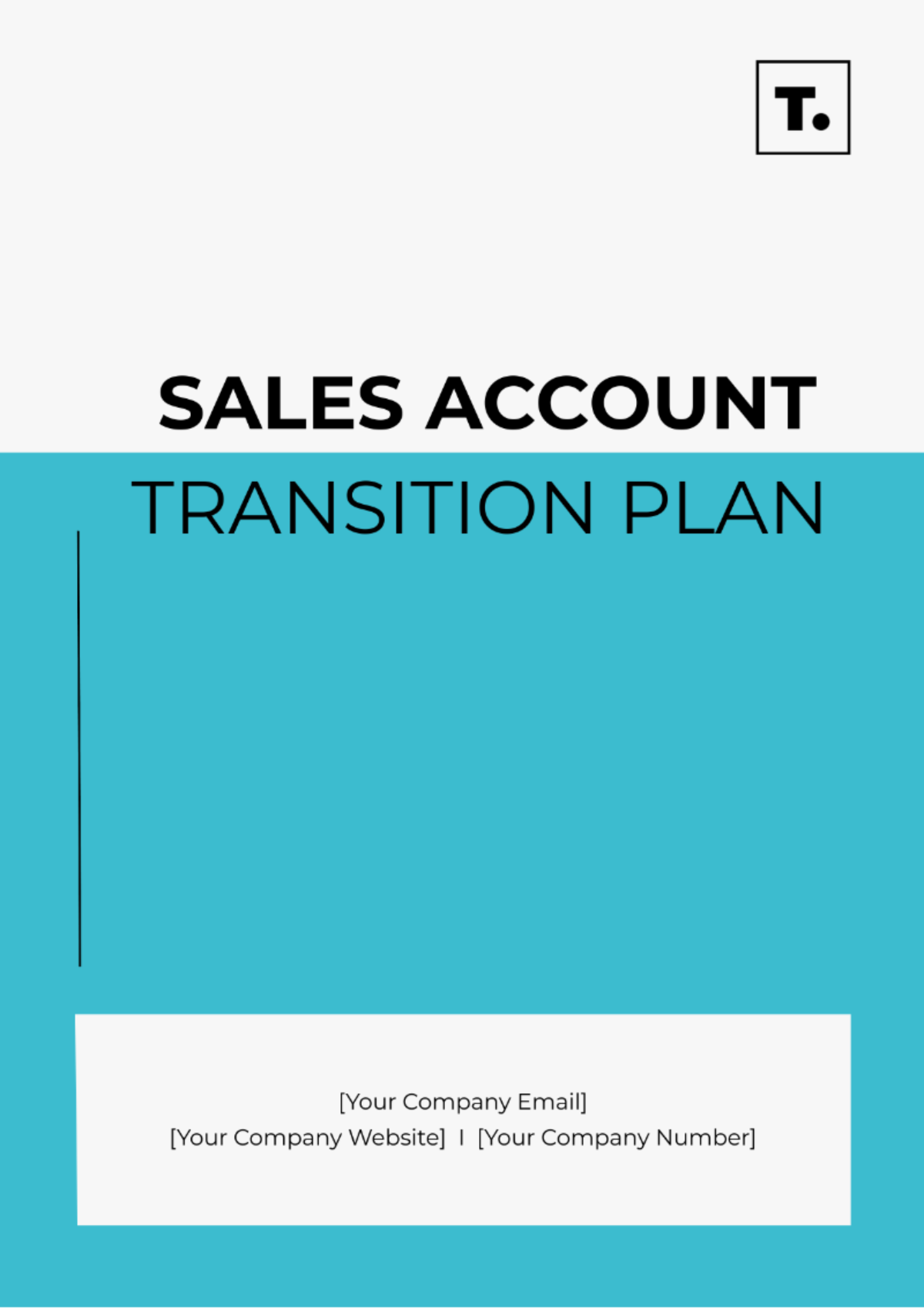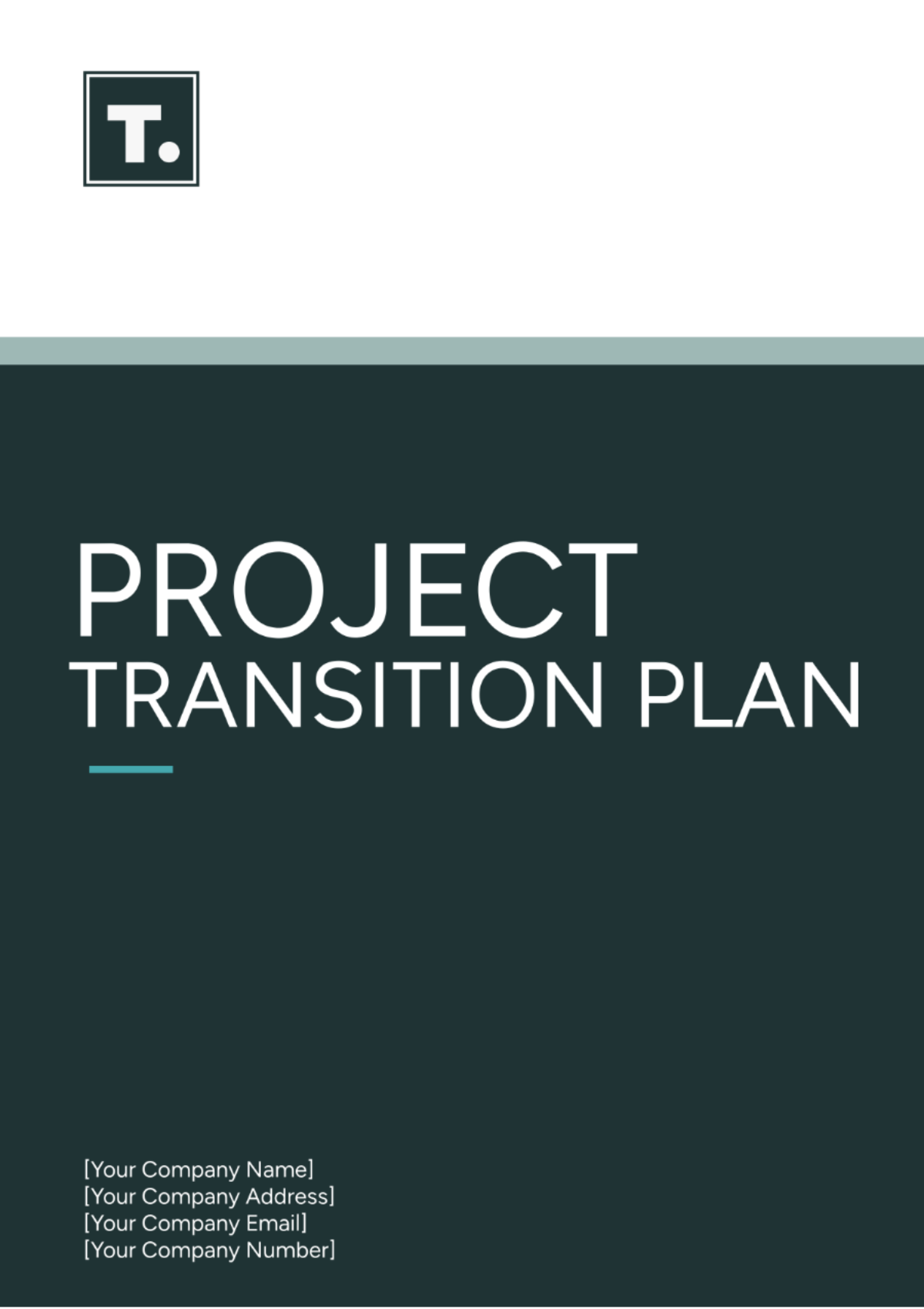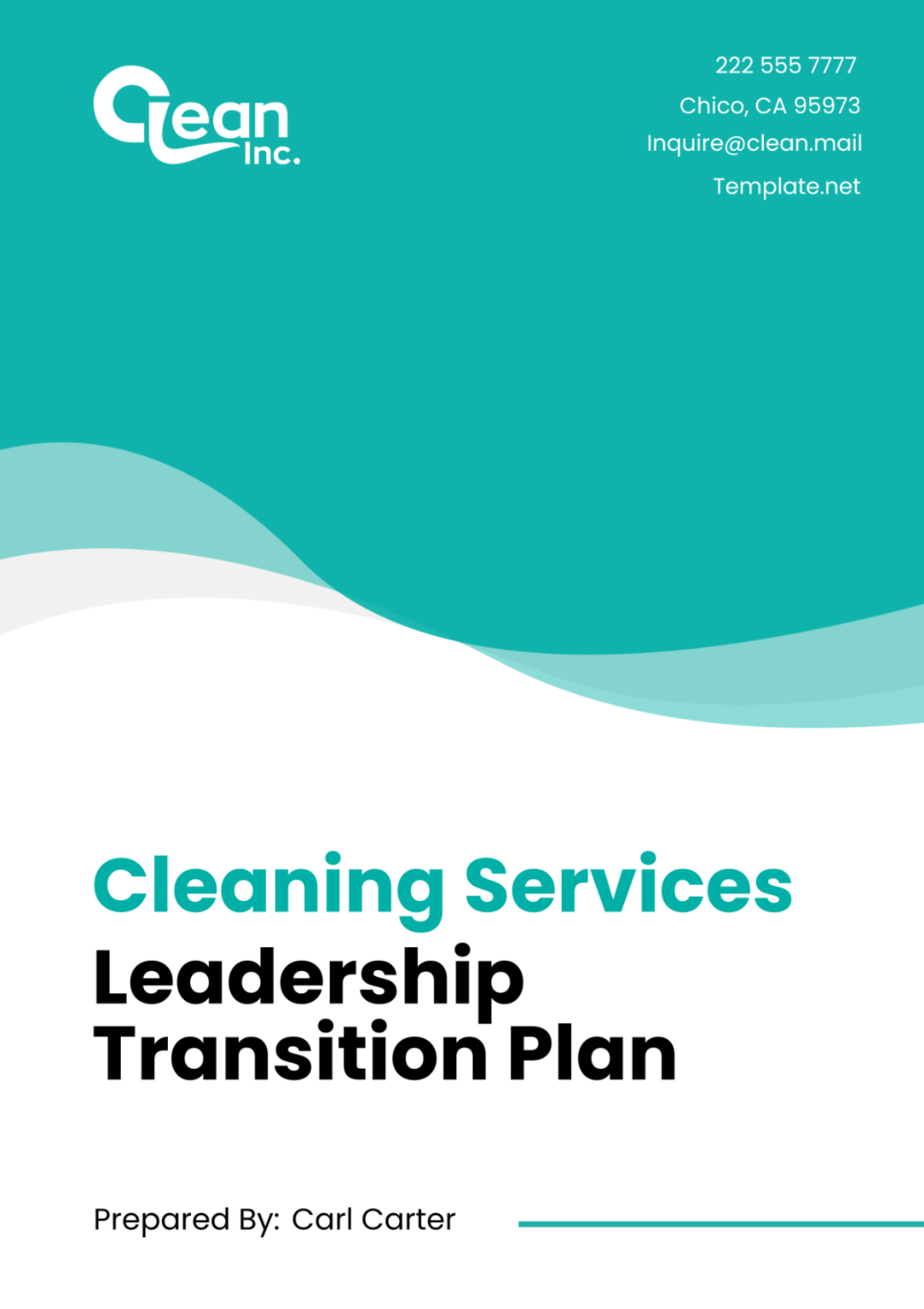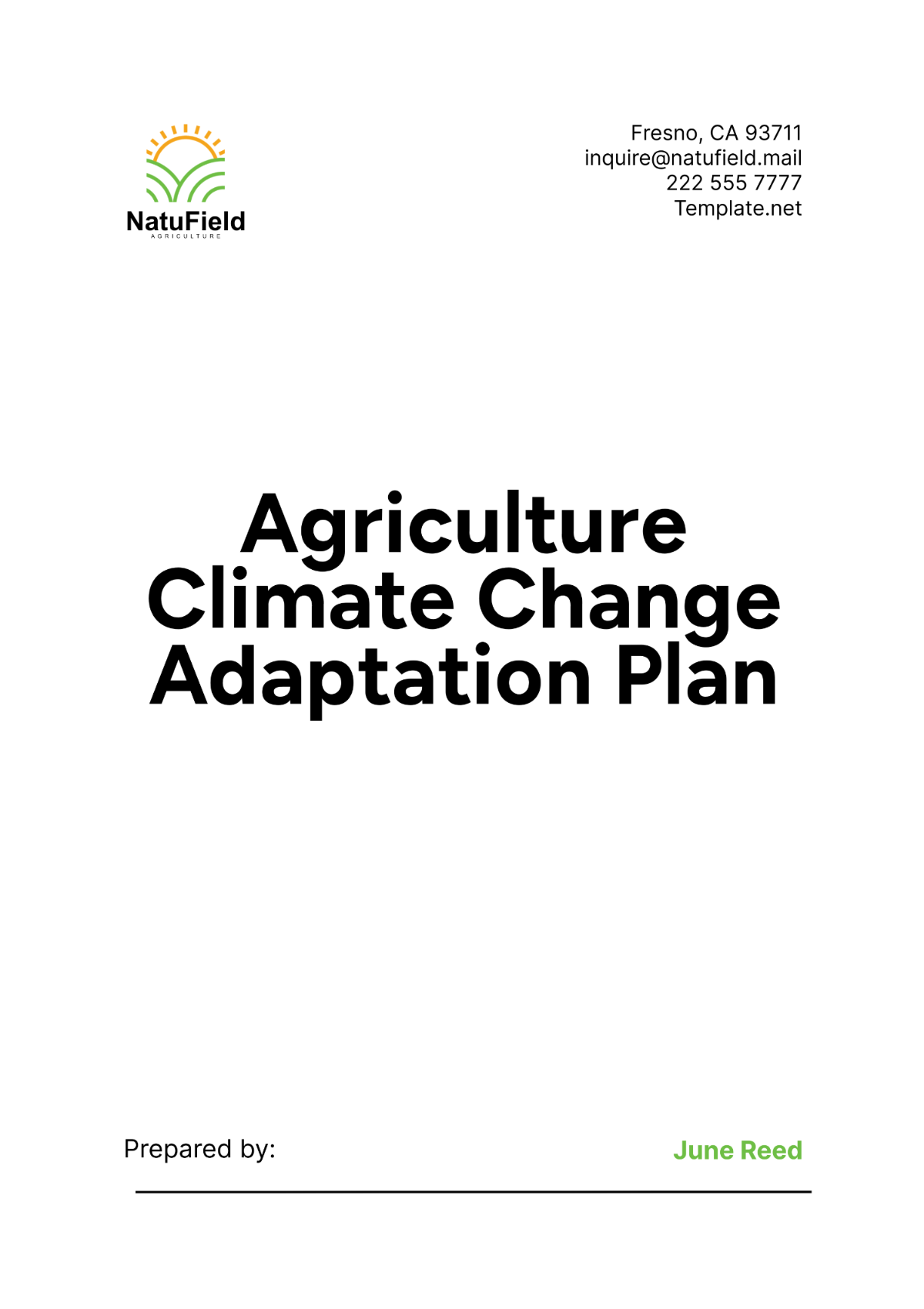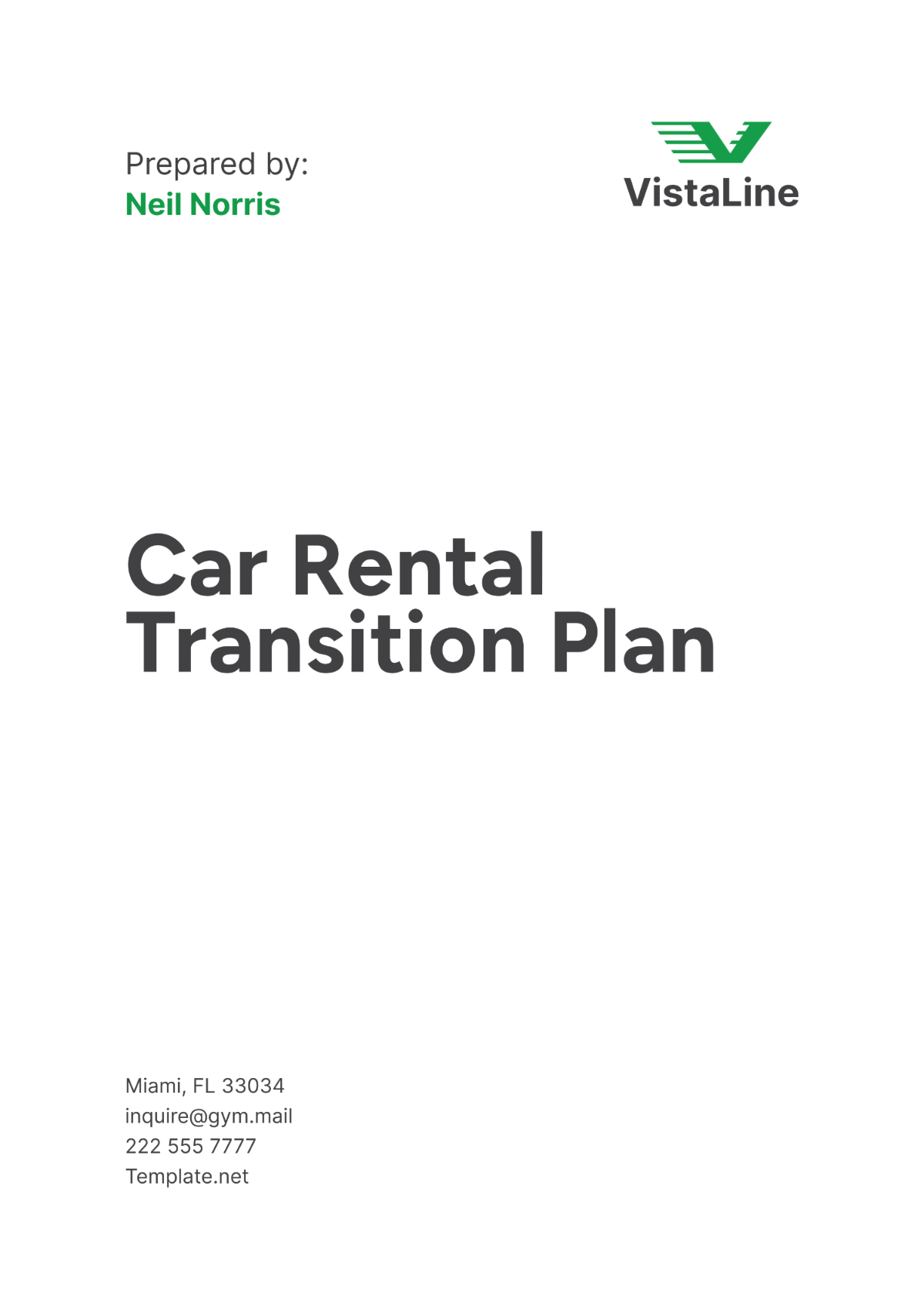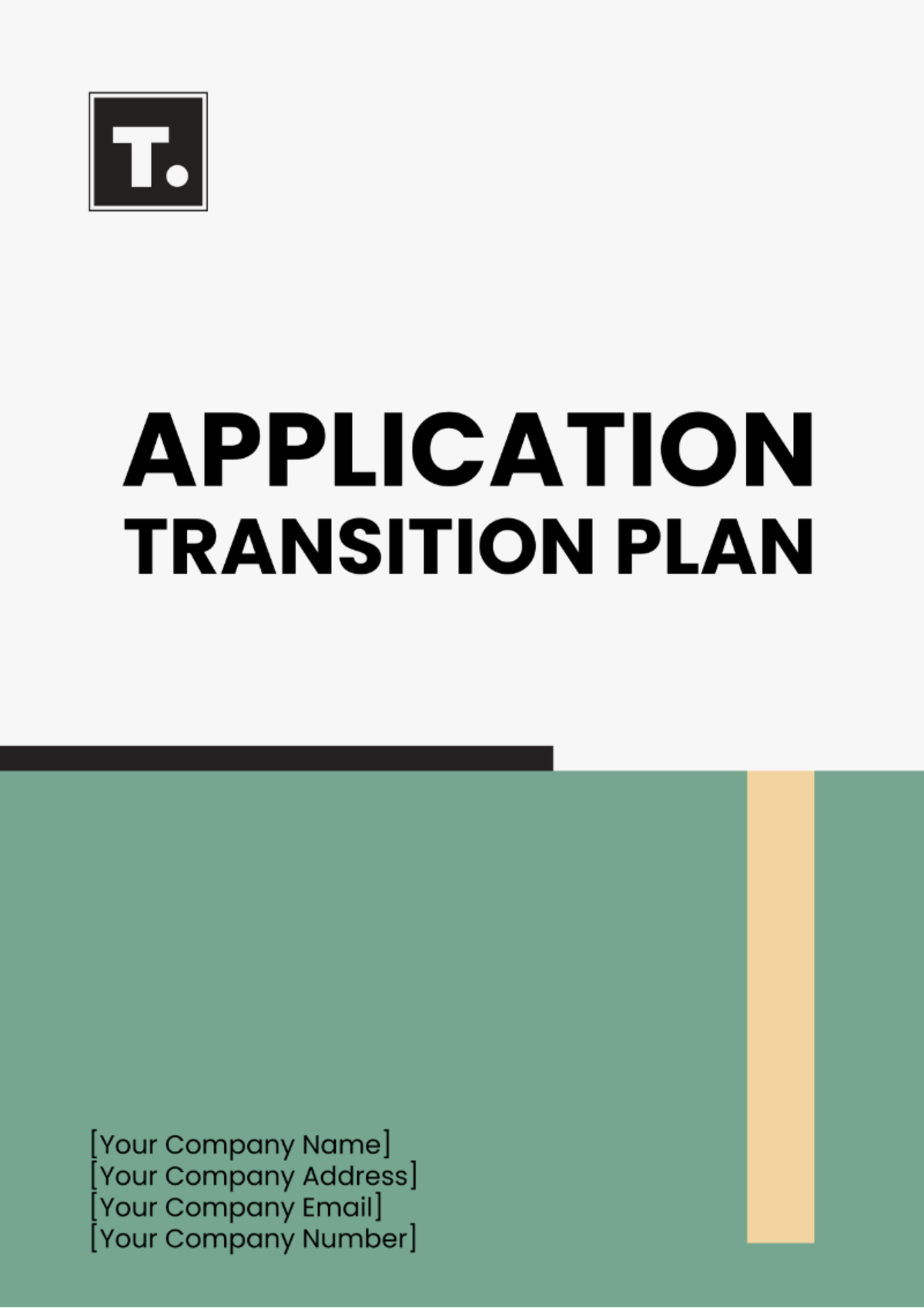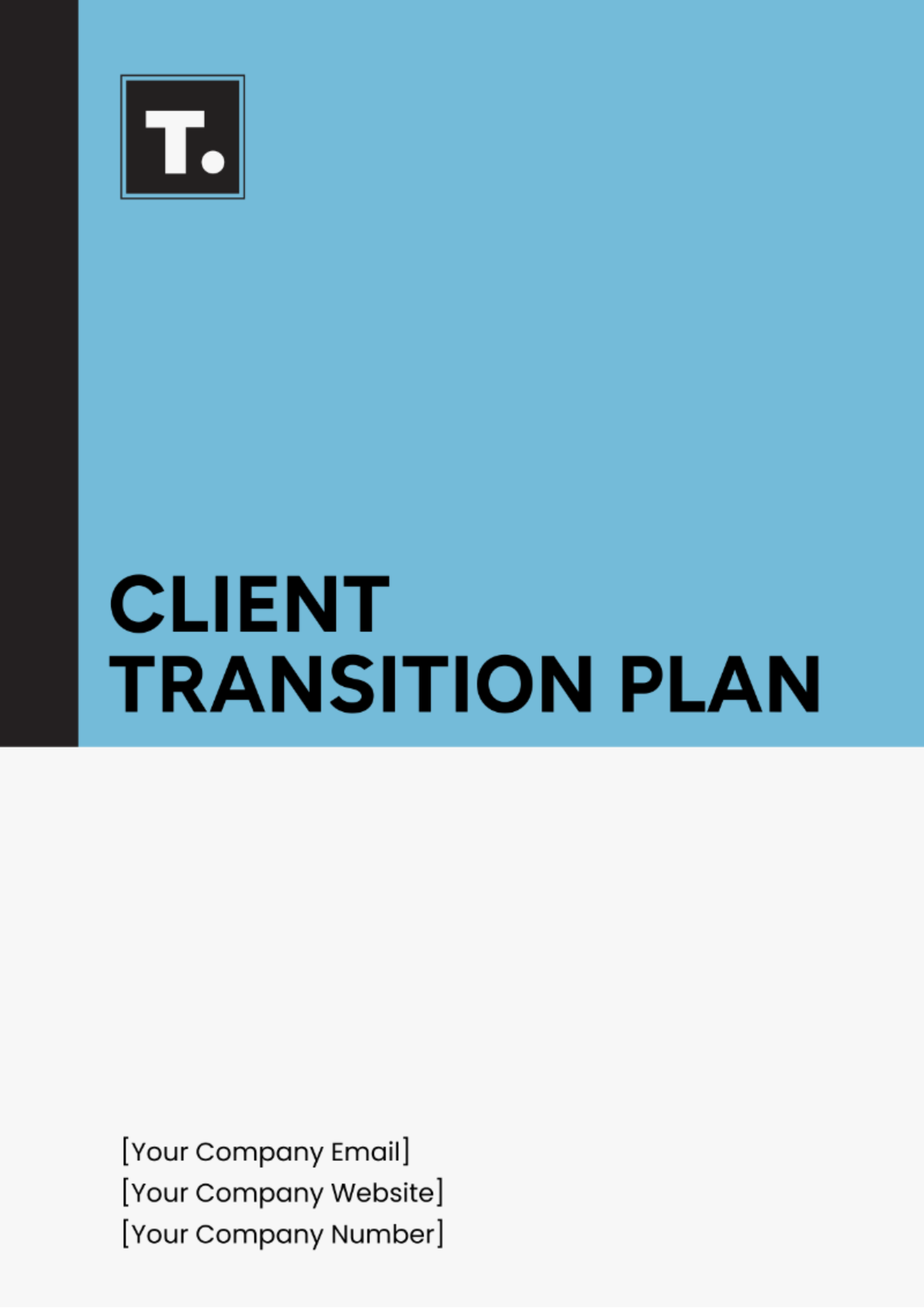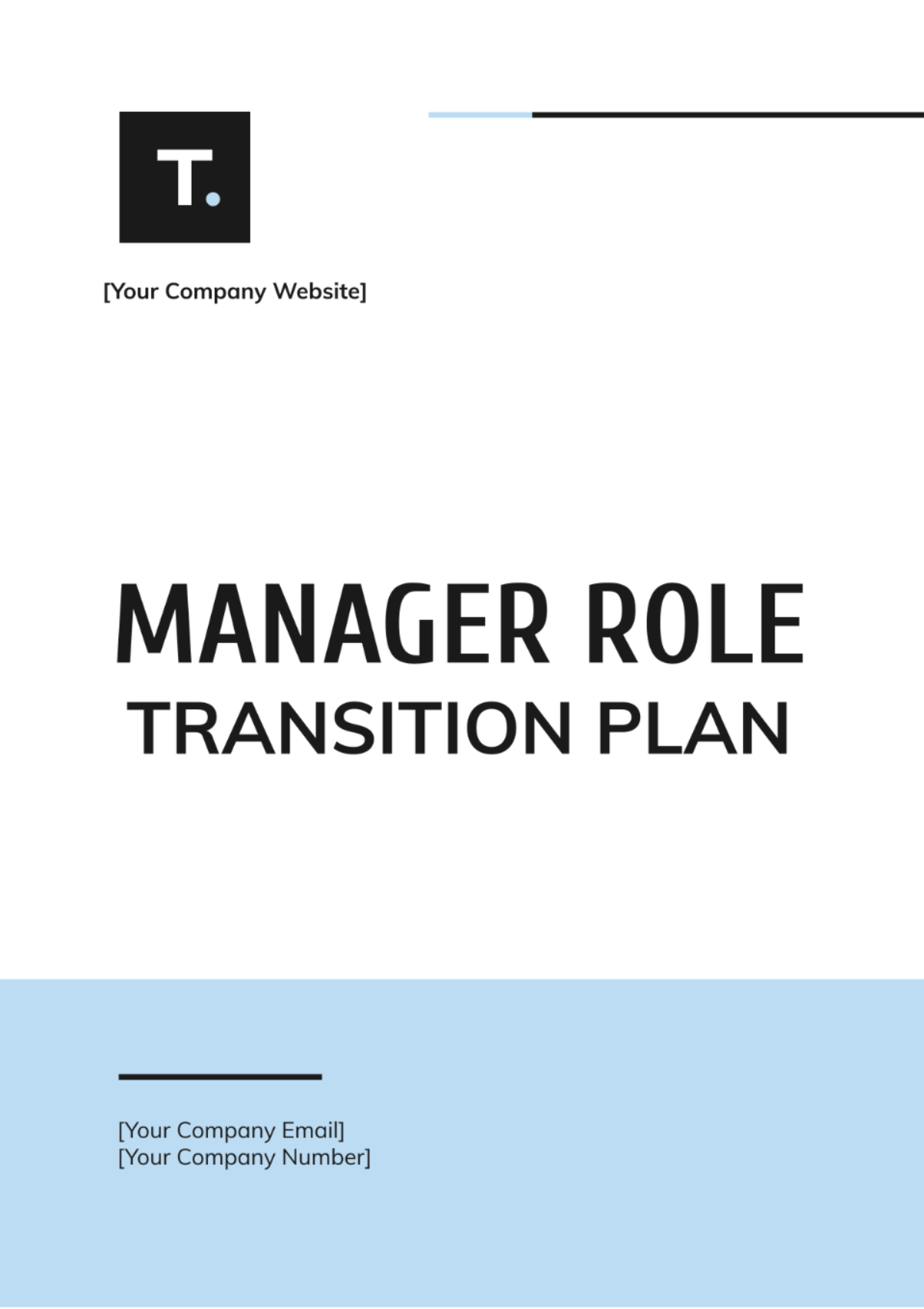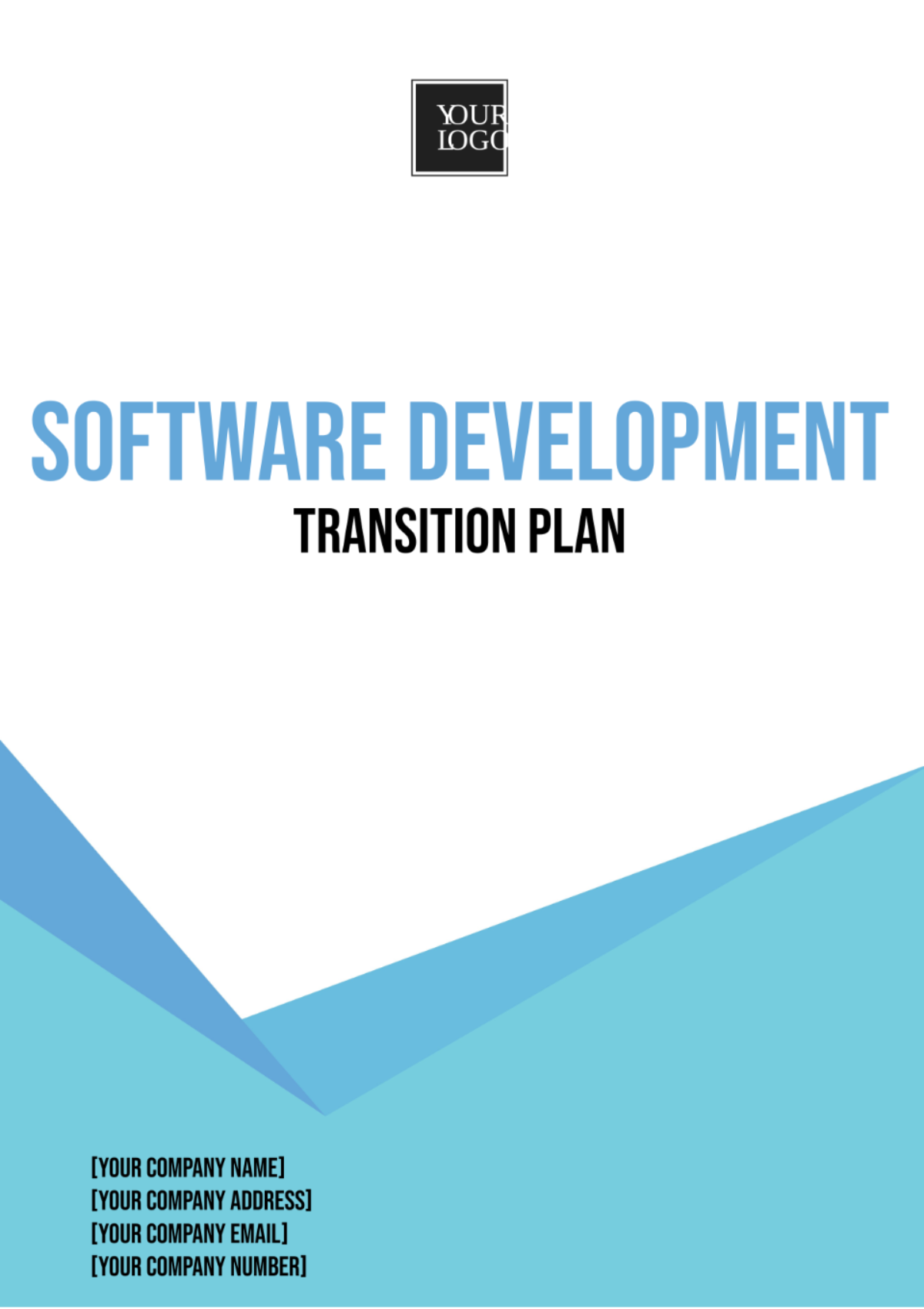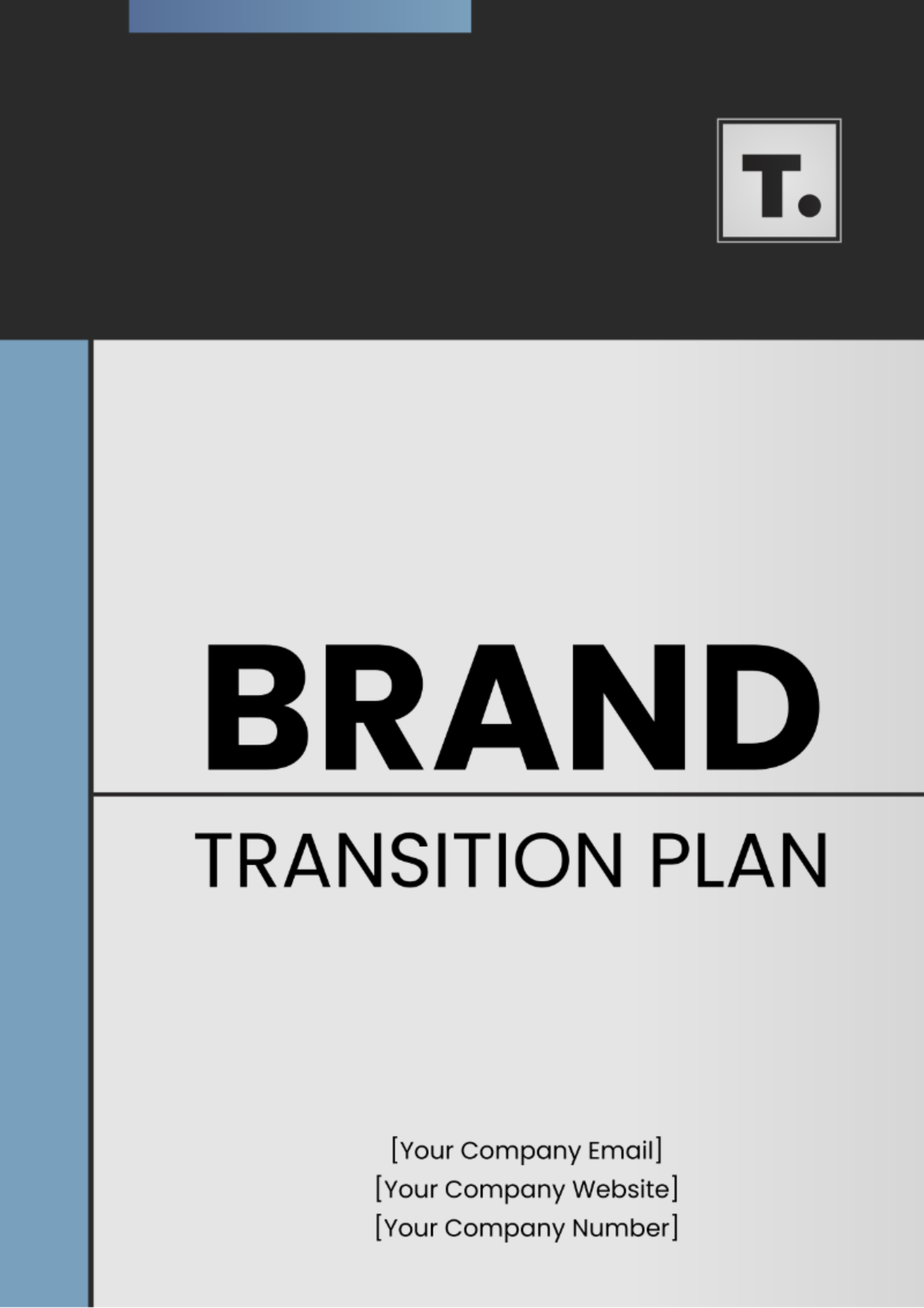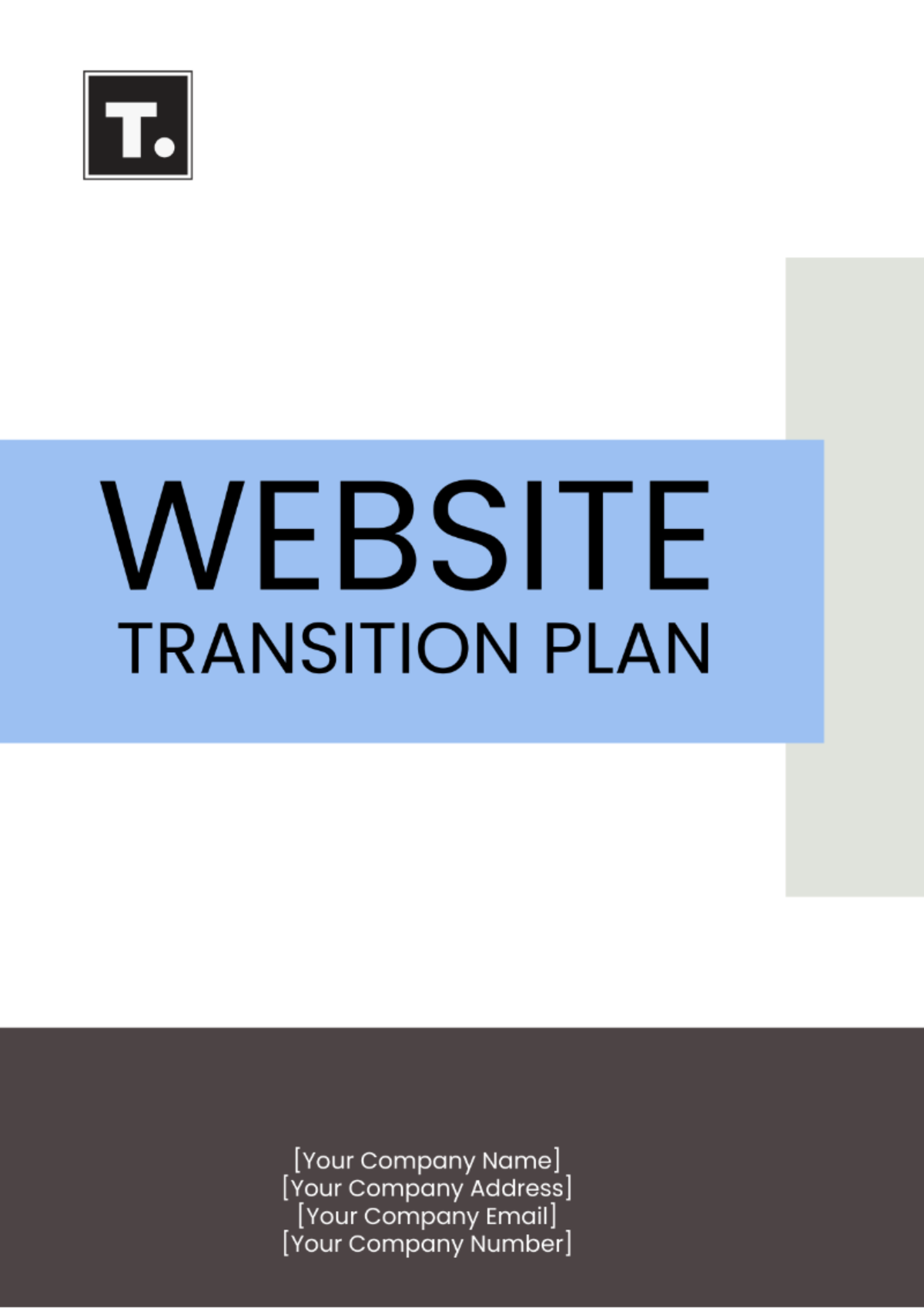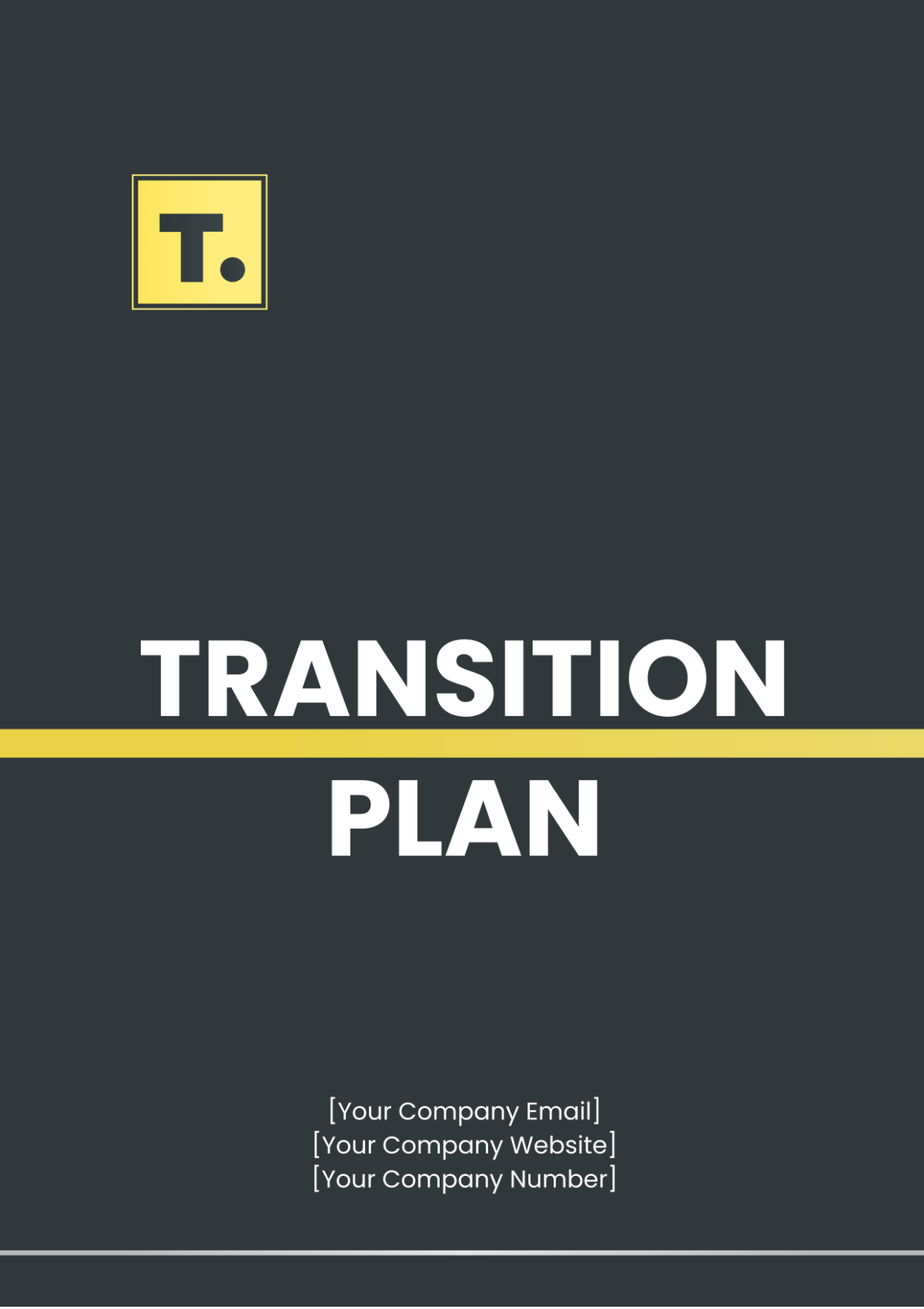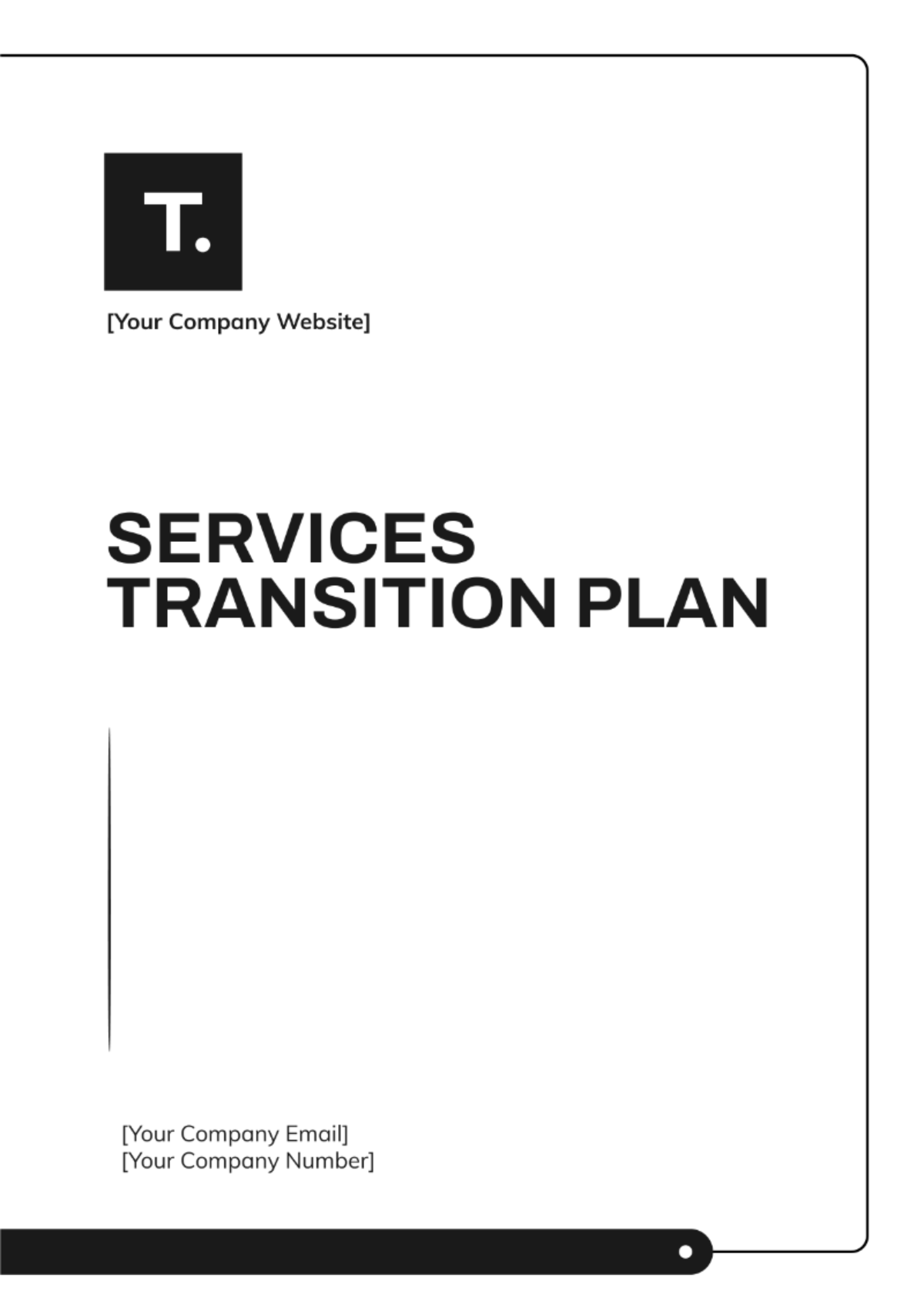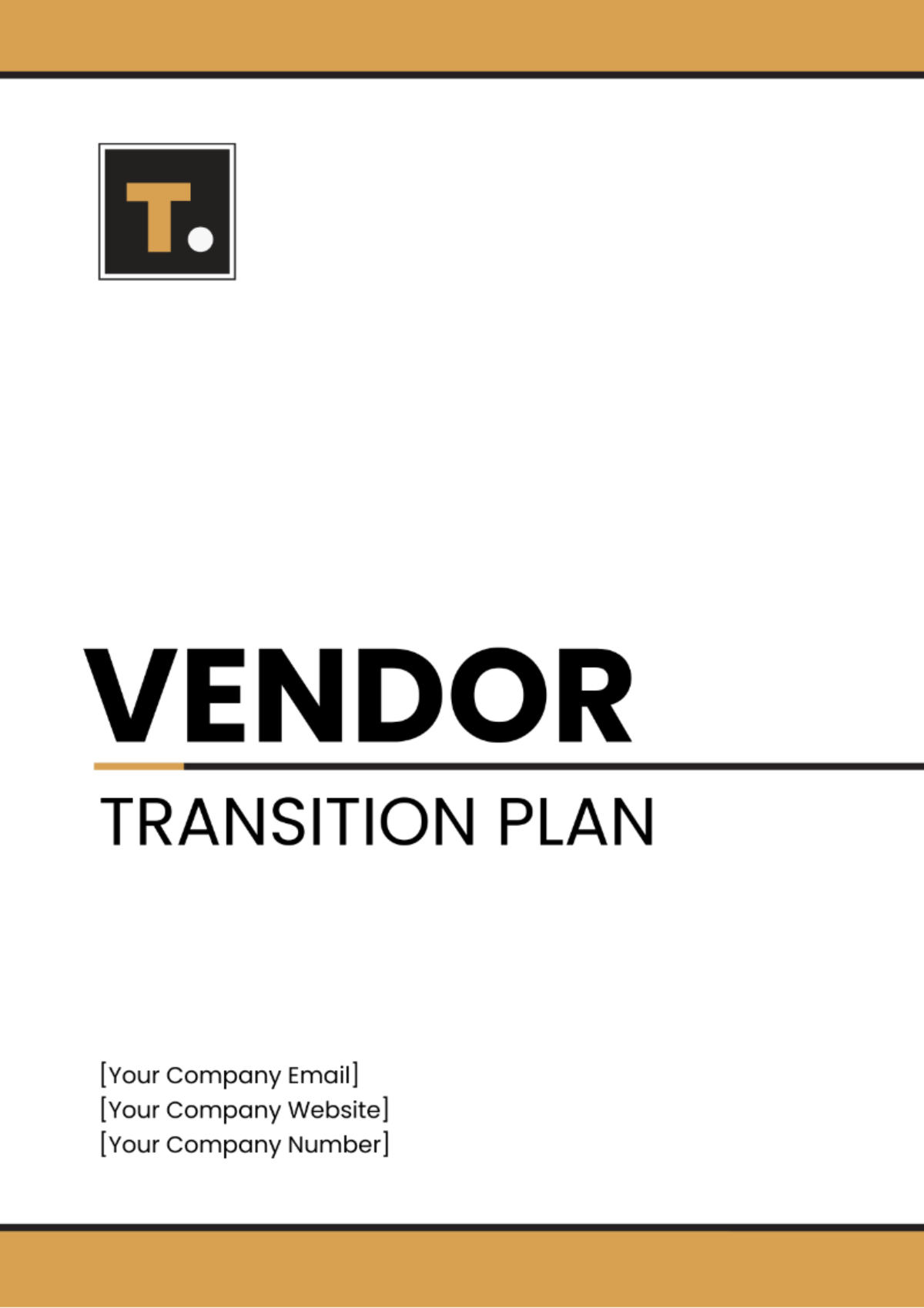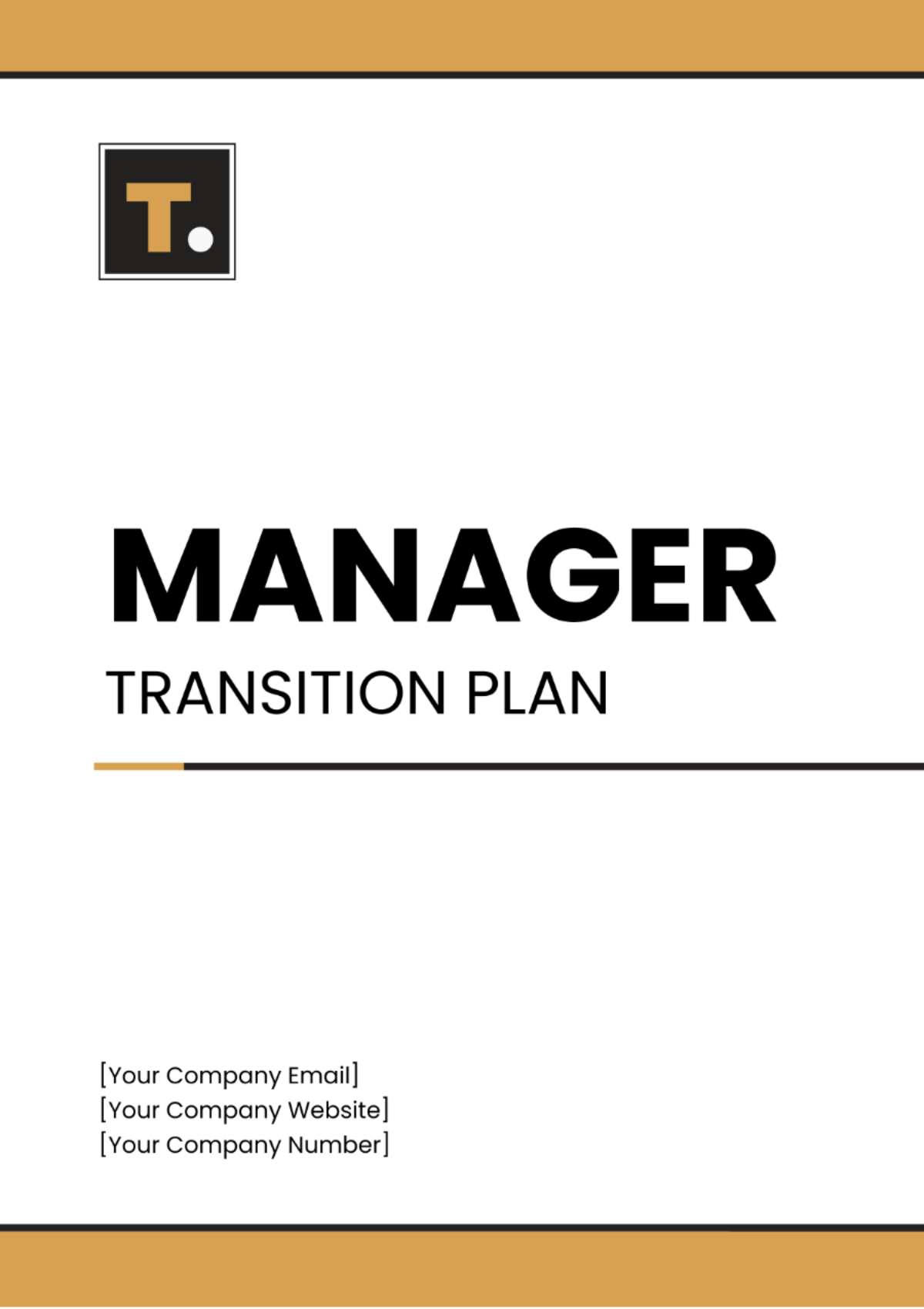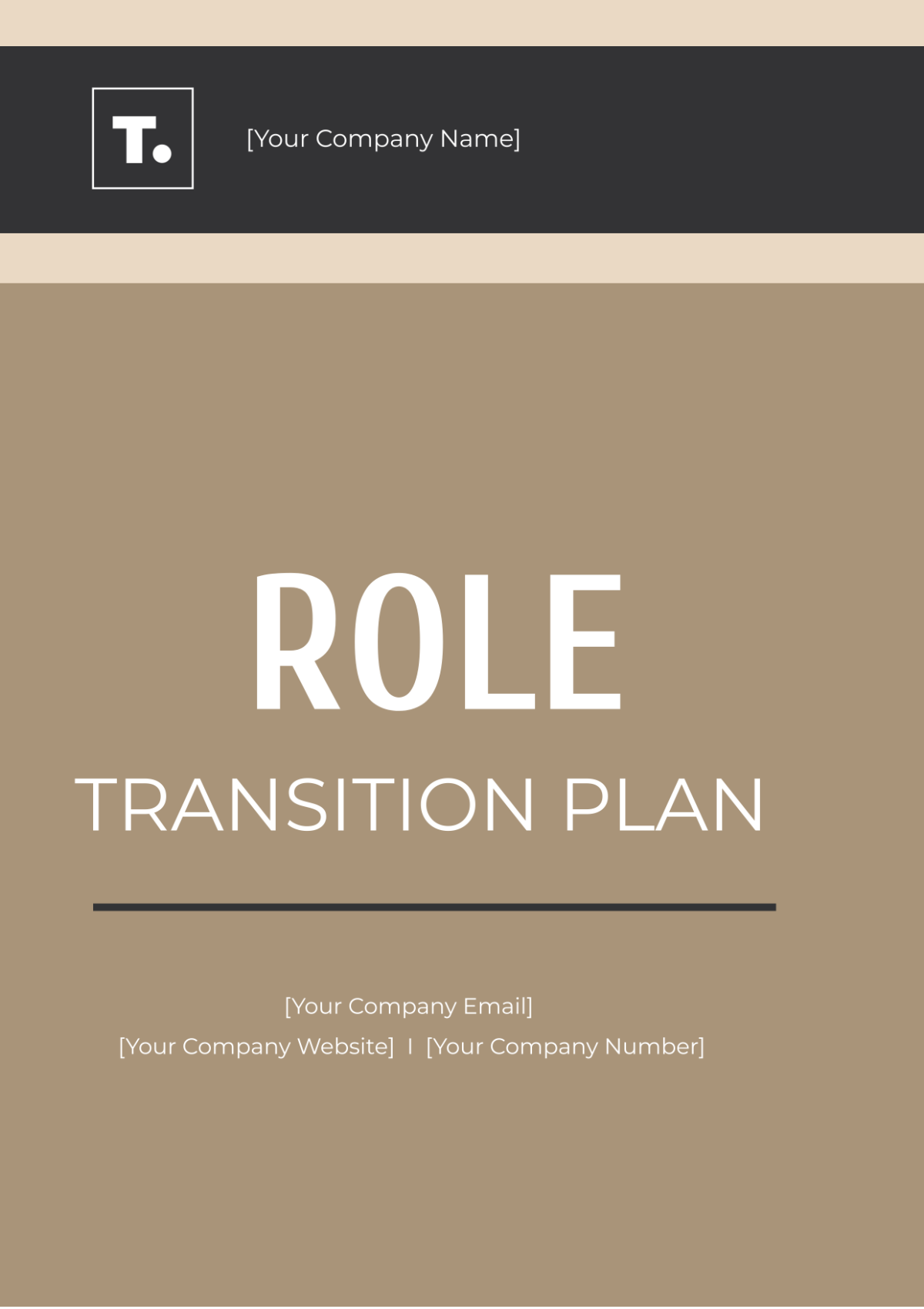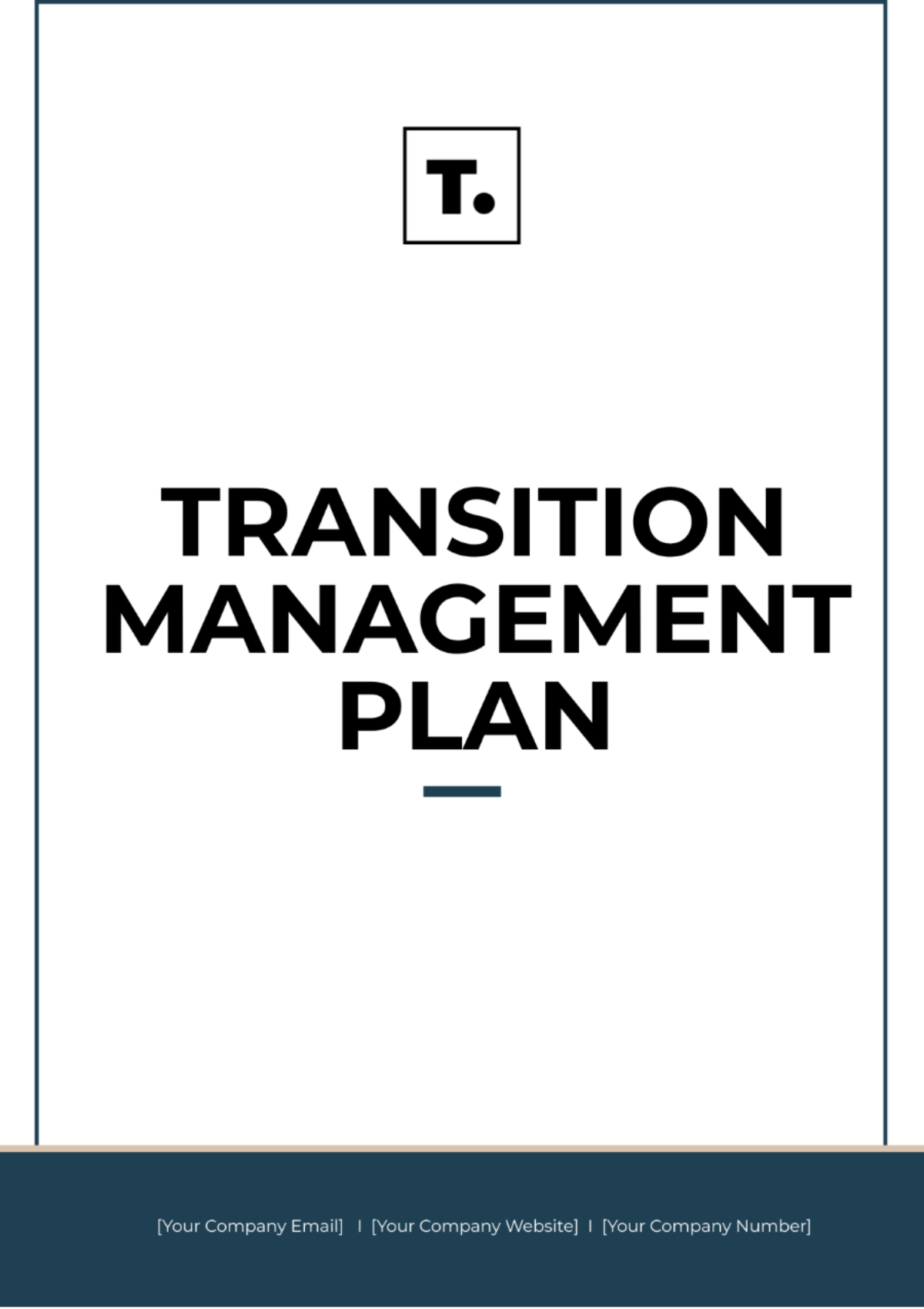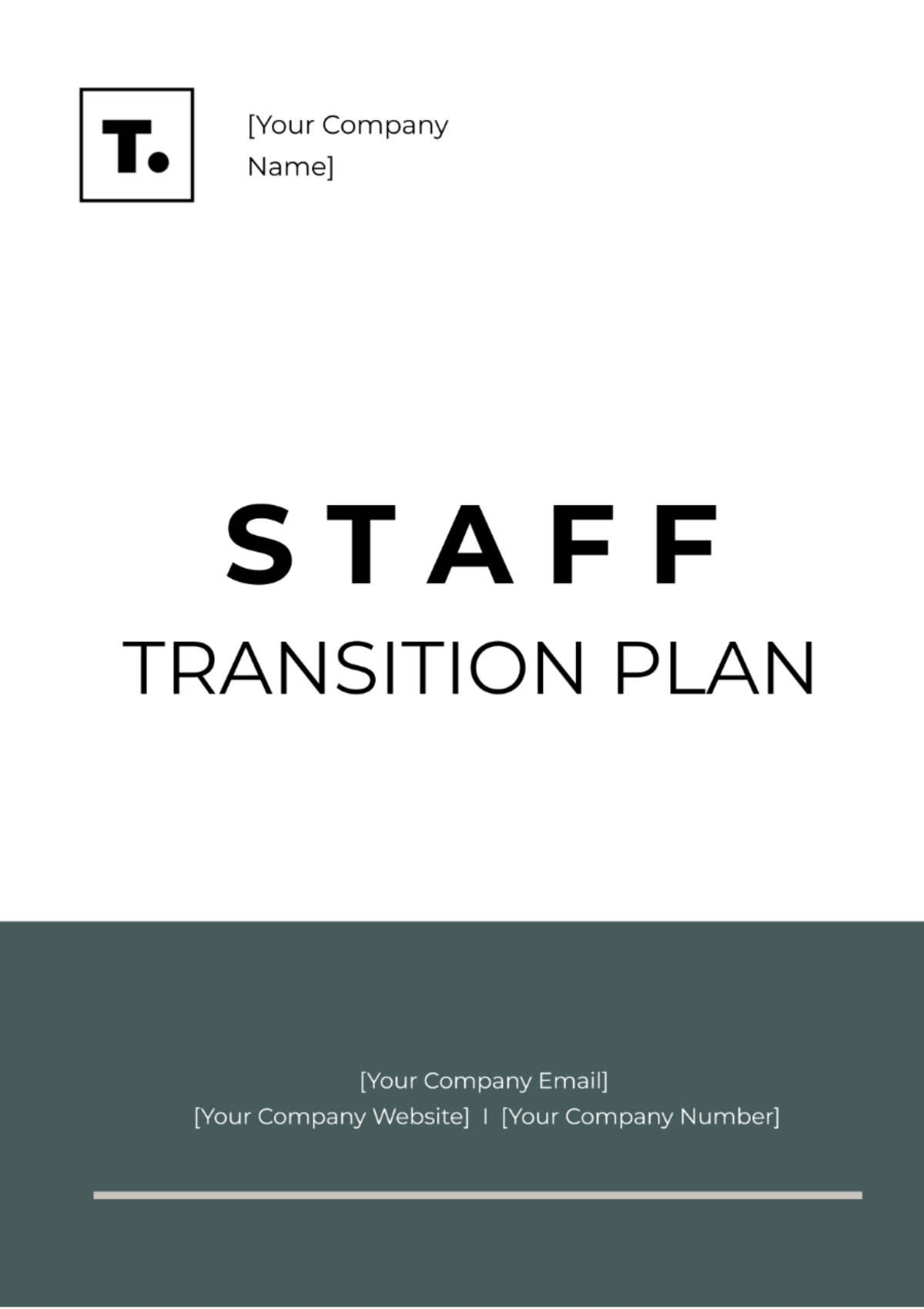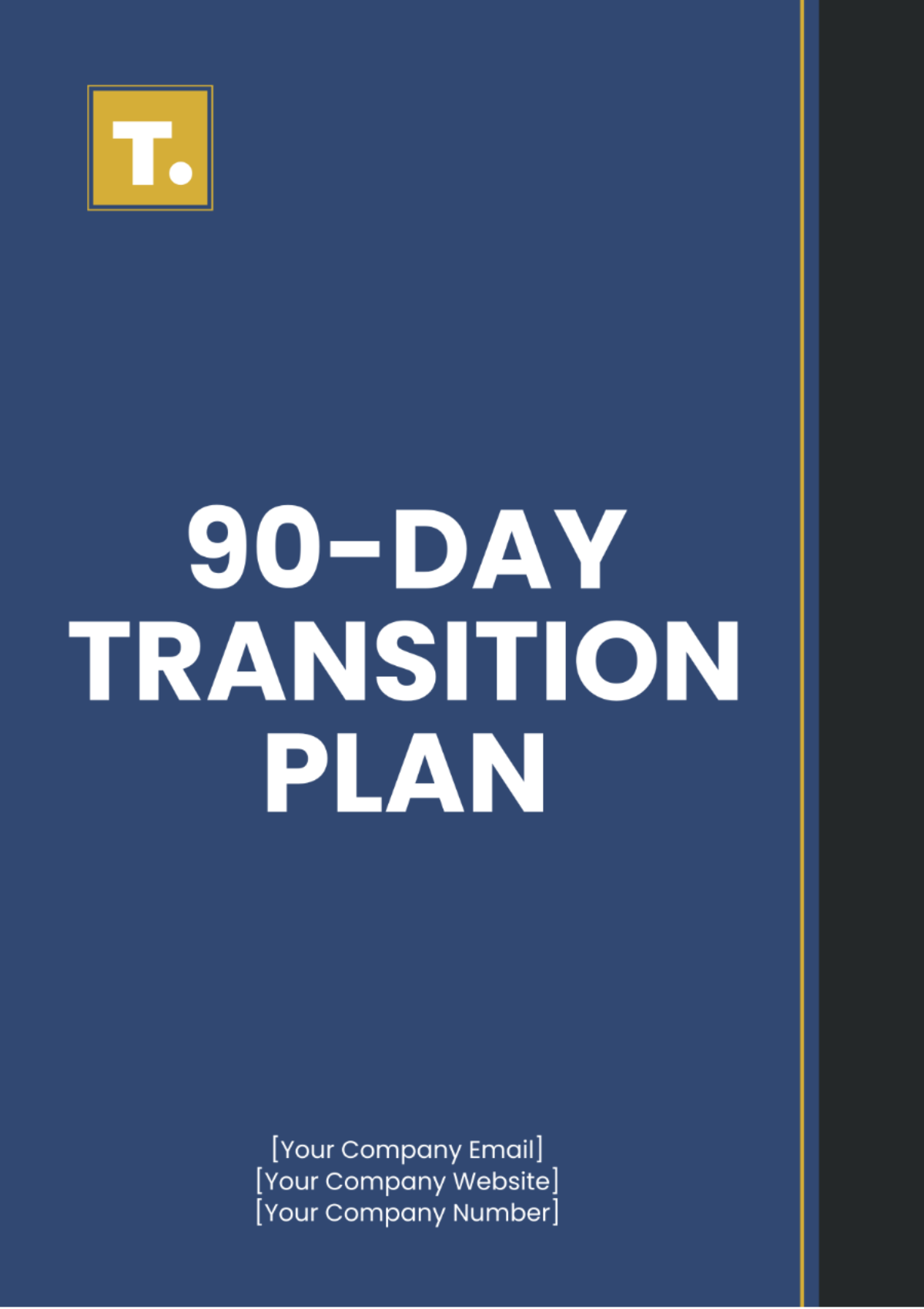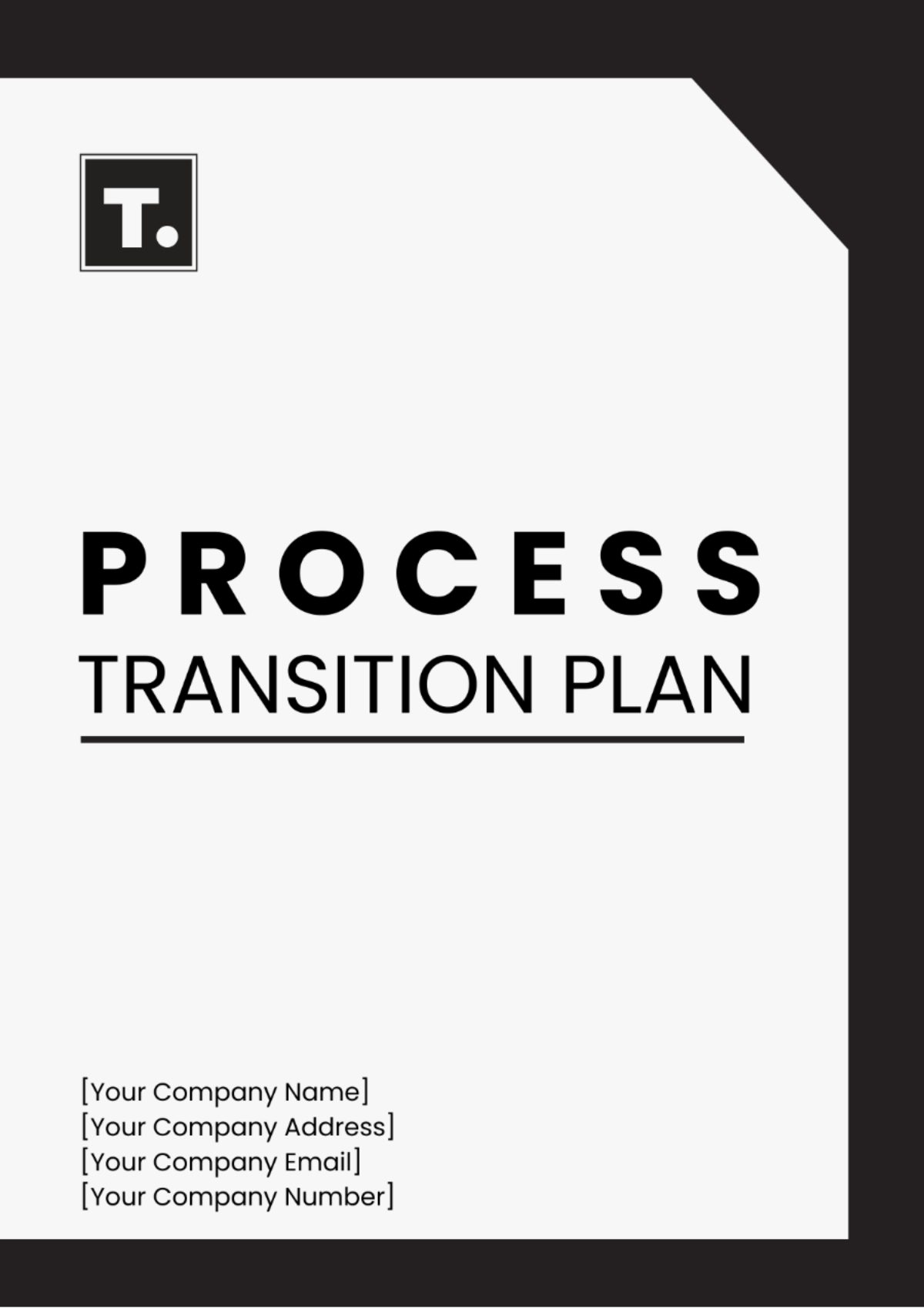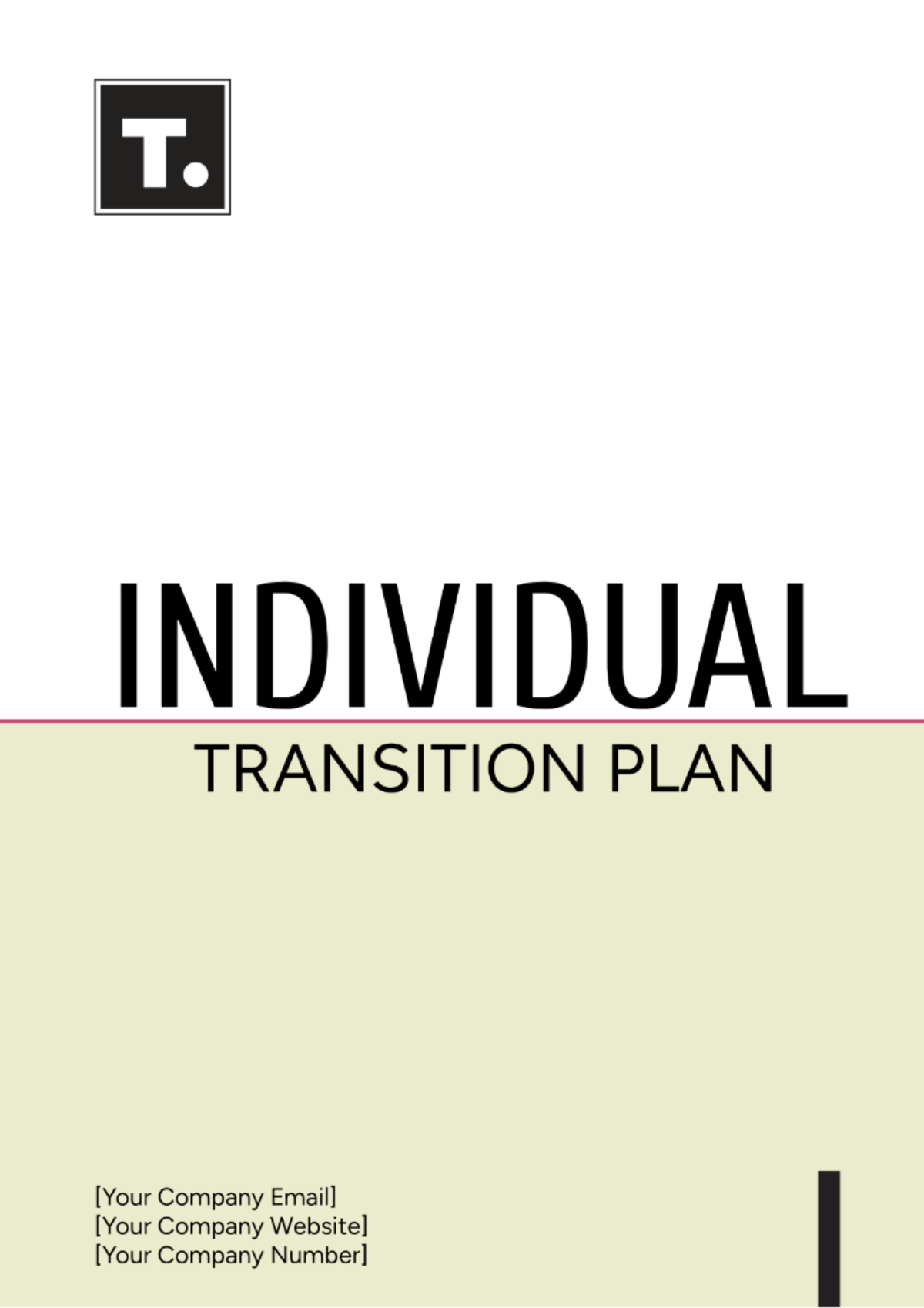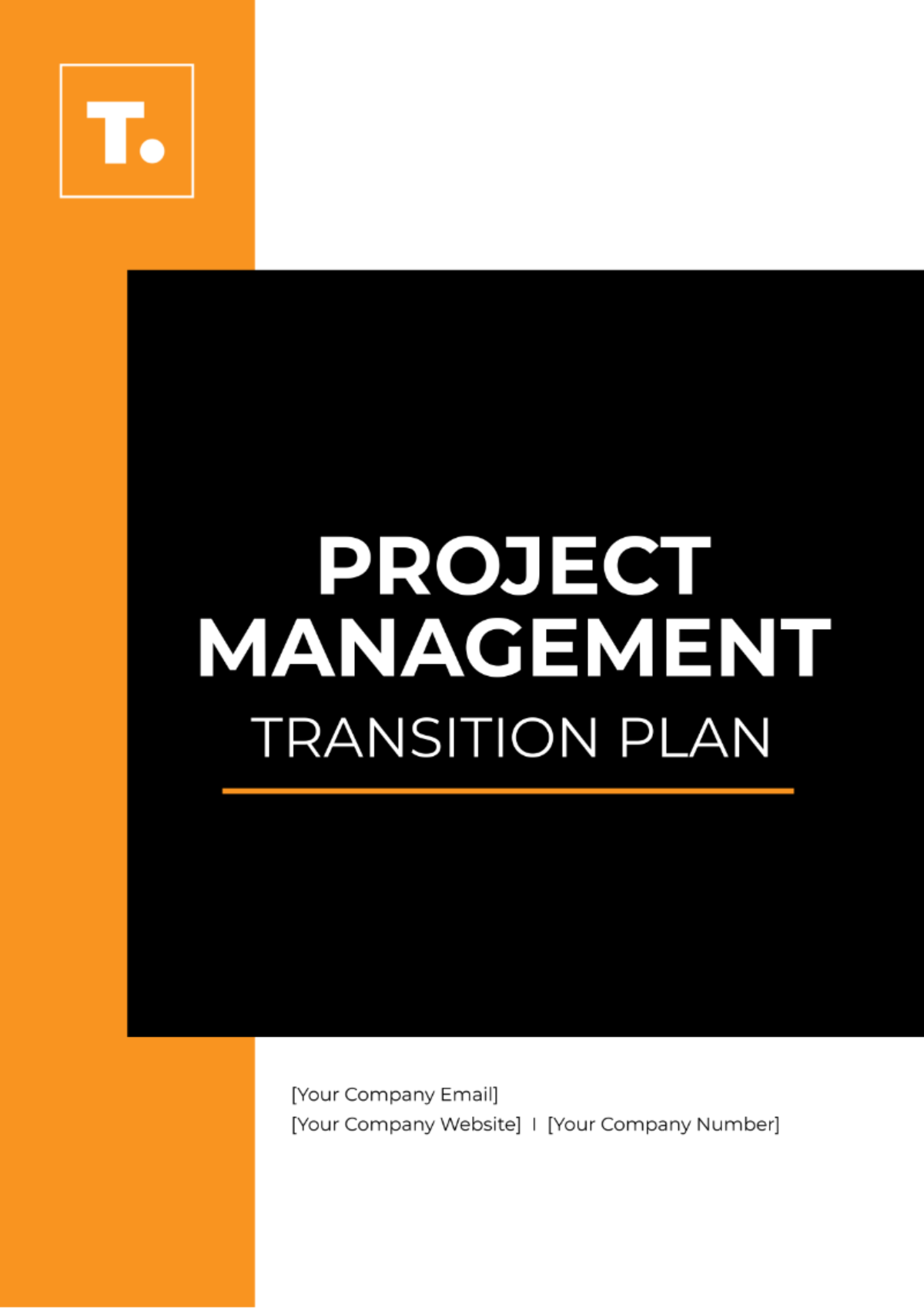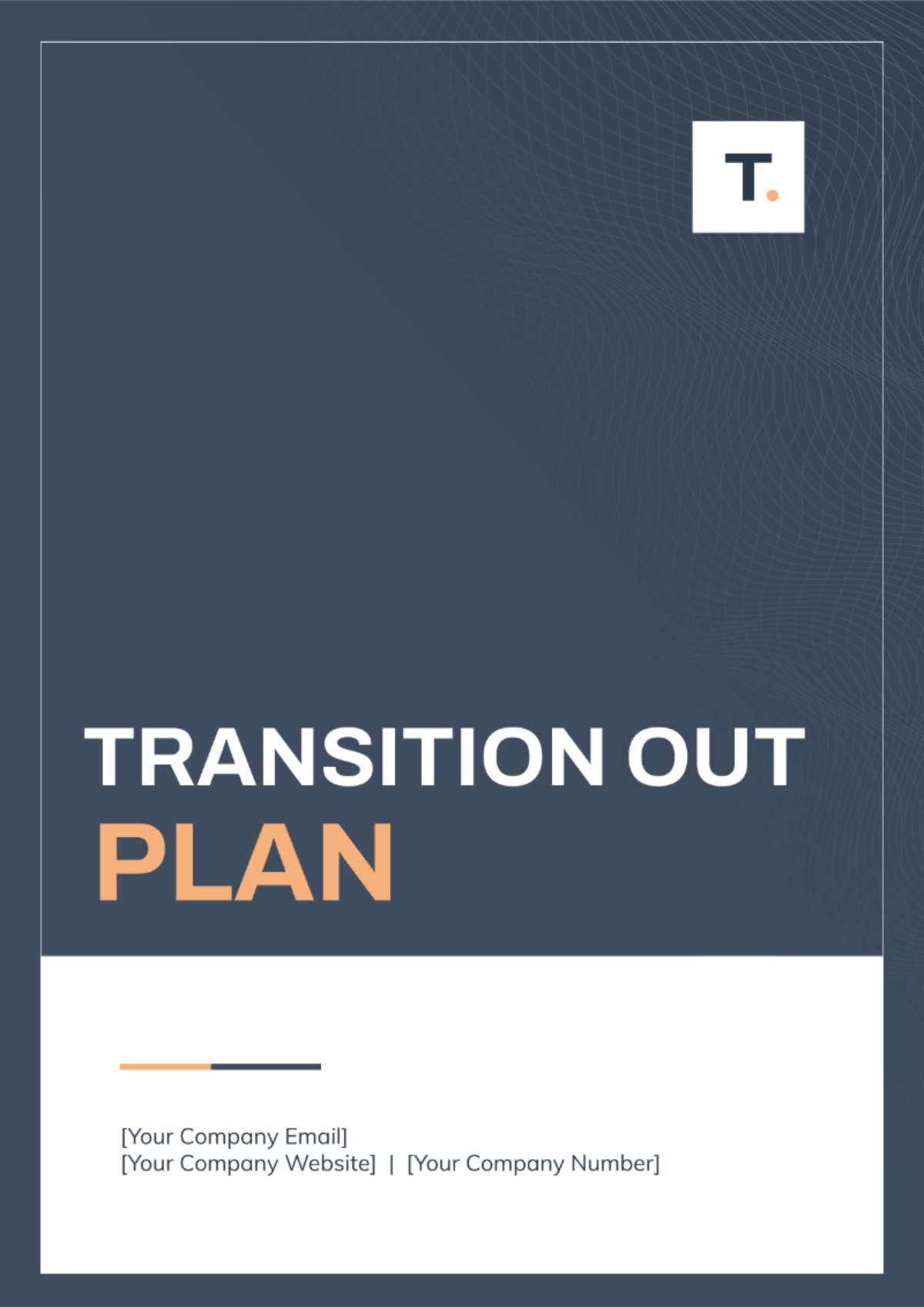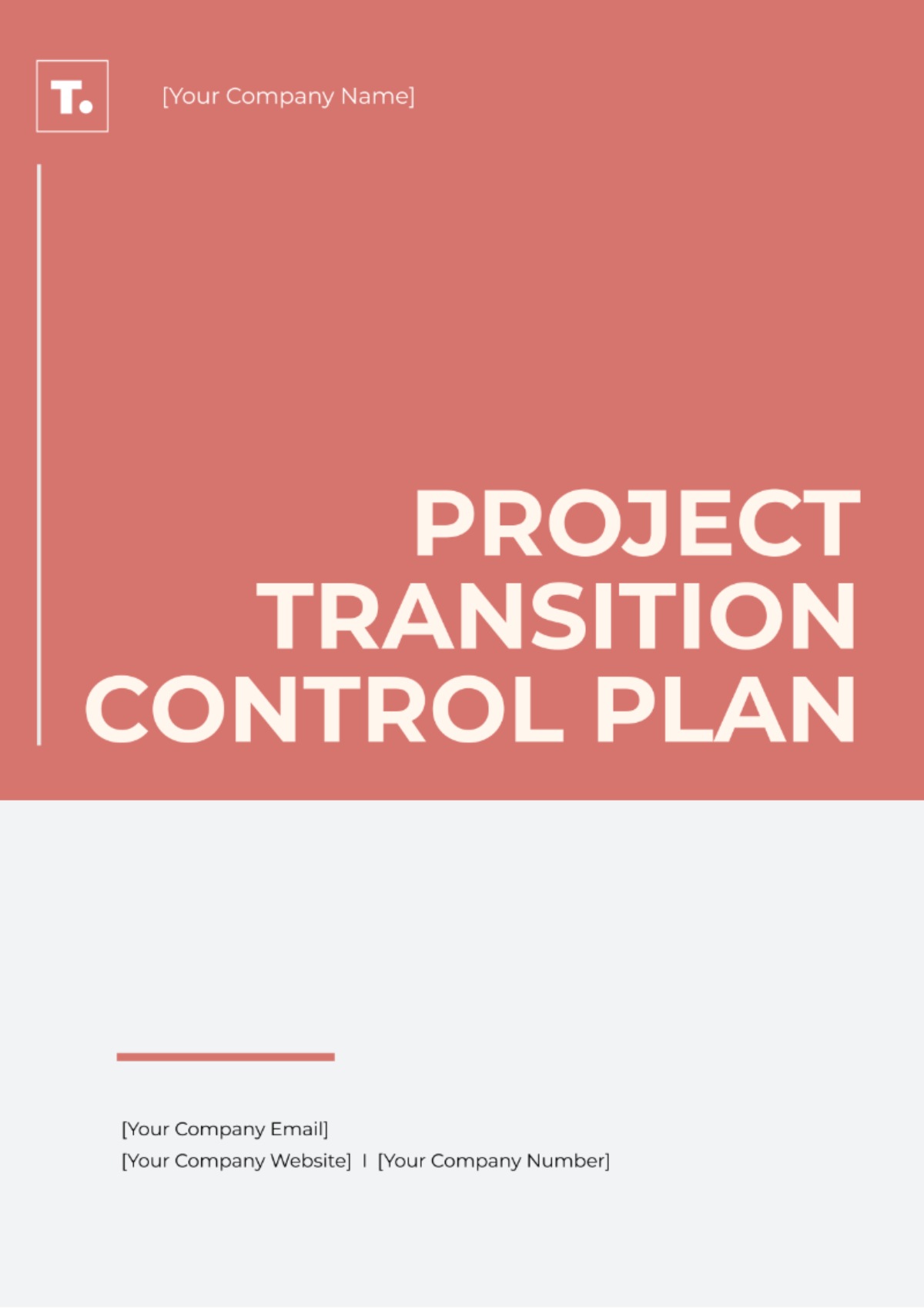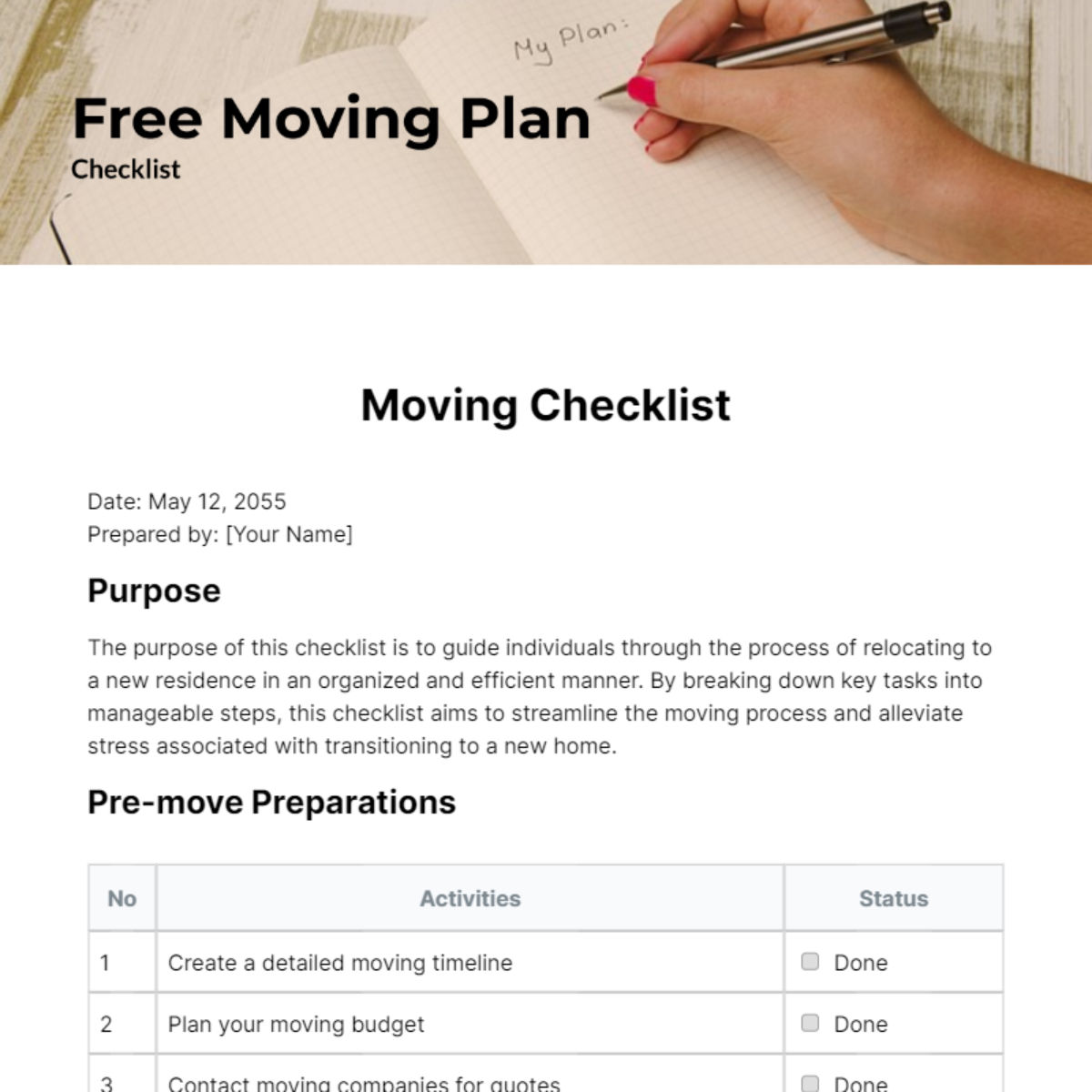Application Transition Plan
Prepared By : | [Your Name] |
Department : | [Your Department] |
Date Prepared : | [Date] |
I. Introduction
This Application Transition Plan outlines the process of transitioning the CRM system of [Your Company Name] from the on-premises environment to a cloud-based solution. The transition aims to enhance scalability, accessibility, and efficiency in managing customer data.
The primary objective of this transition is to seamlessly migrate our CRM system while minimizing disruption to daily operations and ensuring data integrity throughout the process.
II. Scope of Transition
2.1 The application to be transitioned is the CRM system of [Your Company Name], encompassing customer data, contact information, communication history, and sales pipelines.
2.2 The source environment is our on-premises server infrastructure, while the target environment is a cloud-based CRM platform.
2.3 Components included in the transition:
Data migration scripts
Customized CRM configurations
User access controls and permissions
III. Transition Goals and Objectives
Goals | Objectives |
|---|---|
Achieve 100% data accuracy during migration | Complete data migration within three weeks |
Minimize downtime and disruption | Ensure compatibility and functionality in the cloud environment |
IV. Transition Approach
The transition will follow a structured approach to ensure a smooth and successful migration from the on-premises environment to the cloud-based platform. The approach consists of four main phases:
Phase | Activities |
|---|---|
Planning and Preparation |
|
Data Migration and Testing |
|
User Training and Acceptance Testing |
|
Go-live and Post-Transition Support |
|
Each phase will involve collaboration between IT teams, stakeholders, and external vendors.
V. Transition Timeline
Phase | Timeline | Activities |
|---|---|---|
Planning and Preparation | May 2050 | Week 1: Stakeholder alignment and requirement gathering Week 2: Infrastructure assessment and cloud platform selection |
Data Migration and Testing | June 2050 | Week 3-4: Data extraction, transformation, and loading (ETL) Week 5-6: Integration testing and data validation |
User Training and Acceptance Testing | July 2050 | Week 7: Development of training materials Week 8: User training sessions and feedback collection |
Go-live and Post-Transition Support | August 2050 | Week 9: Final data migration and system cutover Week 10: On-site support and issue resolution post-transition |
VI. Risks and Mitigation Strategies
Risk | Mitigation Strategy |
|---|---|
Data loss or corruption during migration | Regular data backups and validation checks |
Technical compatibility issues in the cloud environment | Thorough testing and pilot deployments before full migration |
VII. Communication Plan
7.1 Communication Channels
Weekly status meetings with project stakeholders
Email updates and newsletters for broader communication
7.2 Responsibilities
Project Manager: Overall communication coordination
IT Team: Technical updates and progress reports
VIII. Training Plan
8.1 Training Needs Assessment
Identify CRM users and their proficiency levels
Determine specific training requirements for each user group
8.2 Training Delivery
On-site training sessions conducted by CRM experts
Online tutorials and self-paced learning modules
IX. Testing Strategy
Types of Testing | Testing Environments |
|---|---|
Data integrity testing | Development, staging, and production environments |
Performance and scalability testing | Development and staging environments |
User acceptance testing (UAT) | Staging and production environments |
X. Rollback Plan
In the event of critical issues or data discrepancies post-transition:
Immediate rollback to the previous on-premises CRM system
Activation of backup data and restoration procedures
XI. Approval
The following signatures indicate the approval of this Application Transition Plan:
Name | Title | Signature | Date |
|---|---|---|---|
[Approver 1 Name] | Project Manager |
| [Date Signed] |
[Approver 2 Name] | IT Manager |
| [Date Signed] |
This Application Transition Plan provides a comprehensive roadmap for transitioning the CRM system of [Your Company Name] to a cloud-based environment, ensuring a smooth and successful migration process.


